Description
Introduction to Simbalwala
The village, Simbalwala, derive its name from the Simbal trees that once grew abundantly throughout the area. These towering trees, with their distinctive red blossoms, were once natural sentinels of the region, shaping the village’s identity. Historically uninhabited and wild, the area was covered with dense forests and vegetation. It was only in 1905, after the introduction of canal water, that the region became suitable for agriculture and eventually human habitation. This transformation attracted farmers and families from nearby areas seeking fertile land and livelihood opportunities. Over the years, homes were built, agricultural practices took root, and a vibrant community began to flourish.
Today, Simbalwala stands as a symbol of natural legacy and rural resilience.
Population and Urbanization
With a population of approximately 2,700, Simbalwala remains a modestly populated rural settlement. The demographic structure reflects a diverse blend of social groups: approximately 50% Rajputs, 20% Scheduled Castes, 15% Brahmins, 10% Gurjars, and about 5% Sikhs. The village is governed through a Gram Panchayat, whose office is located in Dharam Khoo (Tersetalab), which oversees local planning and administration. Though urban infrastructure is minimal, the village continues to develop gradually, maintaining a traditional rural charm. Its community-oriented setup is supported by the collective participation of residents in civic and cultural affairs.
Cultural Identity and Religious Significance
The village is primarily inhabited by the Dogras, a Hindu Rajput community with a strong martial heritage from the Jammu region. They ruled Jammu and Kashmir from 1846 to 1947, leaving a lasting impact on the area’s history and culture. Their distinct traditions contribute to the unique cultural identity of Simbalwala and connect the village deeply to the region's heritage.
Religious Sites
1. Bawa Talab
Bawa Talab is approximately 7 minutes away from Simbalwala, located in Chak Bhalwal. It has temples dedicated to Baba Jitto, Bua Kodhi, and Lord Hanuman . This is a revered pilgrimage site. People come here from far and wide, take a dip in the sacred pond, and offer prayers at the temple.
2. Jhiri Temple
Jhiri is located about 1 kilometer from the village. The temple here is dedicated to Baba Jitto, Bua Kodhi, Radha-Krishna, Goddess Durga, and Lord Hanuman. A seven-day fair is held here in November. According to legend, Baba Jitto came to Jhiri from a village named Gar. He cultivated rice on the land of landlords with the promise that he would receive a share of the harvest. However, when the landlords broke their promise and refused to give him his rightful share, Baba Jitto ended his life with a dagger in protest. After him, his daughter Bua Kodhi also sacrificed her life. Today, people, including families of those who once ate that rice, travel to Jhiri from across Jammu and Kashmir and even from Punjab to offer prayers at the temple.
Best Time to Visit: Cultural Celebrations and Seasonal Comfort
The most vibrant time to visit Simbalwala is during October and November. During this season, the weather is pleasantly cool, making it ideal for outdoor exploration and religious pilgrimages. Most notably, the village and surrounding areas come alive during the Jhiri Mela, a seven-day fair in honor of Baba Jitto and Bua Kodhi. This event is marked by spiritual fervor, festive foods, cultural performances, amusement rides, toy stalls, and traditional games. It draws not only residents of Simbalwala but also people from surrounding villages, strengthening community bonds and showcasing local traditions in full colour.
Village Life and Community Harmony
Life in Simbalwala is peaceful and rhythmically connected to nature. Most residents engage in agriculture, cultivating crops in fertile fields made viable by the canal system. Homes are built from natural materials like mud and bricks, and daily life starts early with community members working side by side in their fields. A strong sense of unity, simplicity, and mutual assistance defines the village ethos. While the village may lack certain modern comforts, its lifestyle promotes sustainability, cooperation, and wellness.
Economy, Occupations and Livelihood Patterns
The primary economic driver of the village is agriculture, with about 75% of households engaged in farming. The remaining 25% are involved in non-farm occupations such as carpentry, local businesses, brick kiln labor, and military service. Carpentry is a common rural trade in the village, with local artisans crafting and repairing household furniture and tools. The village also demonstrates a degree of self-sufficiency, many families grow their own vegetables, raise livestock for dairy needs, and carry out basic household repairs. While barter systems are rare, the village shows informal signs of a circular economy rooted in sustainability and resourcefulness.
NGOs and Social Welfare Initiatives
There are two NGOs actively working in this area:
1) We Love Humanity Foundation
This is a social service organization focused on the welfare of women. It provides support for the marriage of underprivileged girls and offers rehabilitation assistance to widowed women, helping them regain dignity and live independently.
The foundation’s mission is to ensure that every woman feels safe, respected, and empowered.
2) Gramin Samasya Samadhan
This is an NGO that works to identify and solve rural problems, especially those related to roads, drainage, streets, and other basic infrastructure. It works closely with local government authorities to ensure that villages receive the necessary support and development they deserve.
Both of these centers are led by President Sushma Rani, who is deeply dedicated to social welfare and rural upliftment.
Education and Health Infrastructure
1. An anganwadi center has been set up here to provide care and early education for children.
2. Most of the students from Simbalwala attend Shaheed Naik Sukhjit Singh Memorial Government High School, Bathera, and Vir Ram Chander Memorial School, both of which are just a few minutes away from the village.
3. There is no college here, so students have to go to other villages or cities for higher education.
Health and Wellness
The AYUSH Health and Wellness Center is located in Shamachak. It serves both the Shamachak and Simbalwala villages through a single shared dispensary/healthcare center. This center provides essential healthcare services and focuses on well-being of the local community.
Technology and Governance
Digital penetration in the village is gradually increasing, especially among the youth, who commonly use UPI for payments. However, awareness about financial tools such as Jan Dhan accounts remains low, and e-health services are virtually unused. The village does not currently have digital learning centers or smart classrooms. Formal governance is exercised through the Gram Panchayat, with meetings of the Gram Sabha and standing committees held approximately every two months. The Sarpanch and ASHA workers are easily accessible to residents, although higher administrative officials like the BDO require formal requests for visits. Given the rising reliance on digital services, Simbalwala would benefit from regular tech sensitization and digital literacy workshops.
Environmental Awareness and Agricultural Practices
The village displays a generally healthy environmental profile, with no visible signs of pollution, plastic waste, or deforestation. Traditional practices such as rainwater storage in household tanks and organic farming are still prevalent. Farmers use cow dung as fertilizer, preserving soil quality and producing healthier crops. While the Simbal trees that gave the village its name are less abundant today, they still serve as cultural and ecological markers. The village cultivates a wide variety of crops including tomatoes, brinjals (eggplants), rice, sugarcane, garlic, turmeric, green peas, cauliflower, spinach, and okra. A proposed initiative like a community rainwater harvesting system could further enhance sustainability, especially during dry months.
Government Schemes and Public Participation
Several national schemes are currently active in the village, including PM Awaas Yojana, Ayushman Bharat, Jal Jeevan Mission, Swachh Bharat Abhiyan, and Beti Bachao Beti Padhao. The PM Awaas Yojana has had a significant local impact, with financially disadvantaged families receiving grants to build pucca homes. However, delays in fund disbursement and limited technical guidance have been noted challenges. Awareness of these schemes remains relatively low due to the absence of promotional signage or public education. A suggested solution is to conduct monthly awareness camps at the Anganwadi center, combining healthcare services with guidance on available schemes and basic legal rights.
Cultural Sensitivity and Community Inclusion
The village presents a socially inclusive environment where people of different castes and religious backgrounds coexist peacefully. While no dominant family networks control village decisions, individuals like Devi Lal Bahadur stand out for their voluntary service, cleaning roads, assisting with temple duties, and organizing community activities. During interactions, language differences posed minor challenges as some elderly villagers spoke only Dogri, but local residents readily stepped in as translators. Efforts were made to include marginalized voices, including women, Scheduled Castes, and the elderly. The overall reception by the community was warm and open, with villagers showing curiosity and willingness to engage despite occasional shyness.
Reflections and Learnings
Visiting Simbalwala offered several valuable insights. The most surprising was the unity and respect among villagers from various castes and communities. This visit broke preconceptions about rural life often portrayed in films and highlighted the development already underway in small villages. The hands-on experience improved empathy, fieldwork confidence, and research skills. It also revealed the power of community-led development, with NGOs and informal leaders filling gaps left by government machinery. The visit emphasized that equity and empowerment can thrive even in resource-constrained environments through collaboration and trust.
Vision for the Future
This village exemplifies the potential of rural India, where tradition meets transformation. While the village still faces challenges such as limited digital access, absence of a local health dispensary, and low awareness of government schemes, its social unity, agricultural resilience, and community-driven initiatives provide a strong foundation for growth. With strategic interventions like rainwater harvesting, digital literacy training, and better scheme promotion, Simbalwala can serve as a model for inclusive rural development. Its story is one of perseverance, self-reliance, and emerging opportunity, a quiet but powerful testament to the strength of India’s villages.
Photos
Videos
Location Map
Contact Information
| Address |
Bhalwal, Tehsil, Pincode- 181206 |
| Phone Number |
7051761646 |
| Website | https://jkpanchayat.jk.gov.in/homeview.php?panchayat=Amb+Lower&block=Bhalwal |
Reviews (10)


Impressive! I really appreciate the hard work and efforts u have put into this... Great work!

Great 👌 Impressive work!

Amazing work, truly impressive.

This village is amazing!! Do vist

Great work!

Impressive work done! It is really a very good thing to know about our culture and find out some data for the future generation to show

Amazing!

Great work!

Nice!!

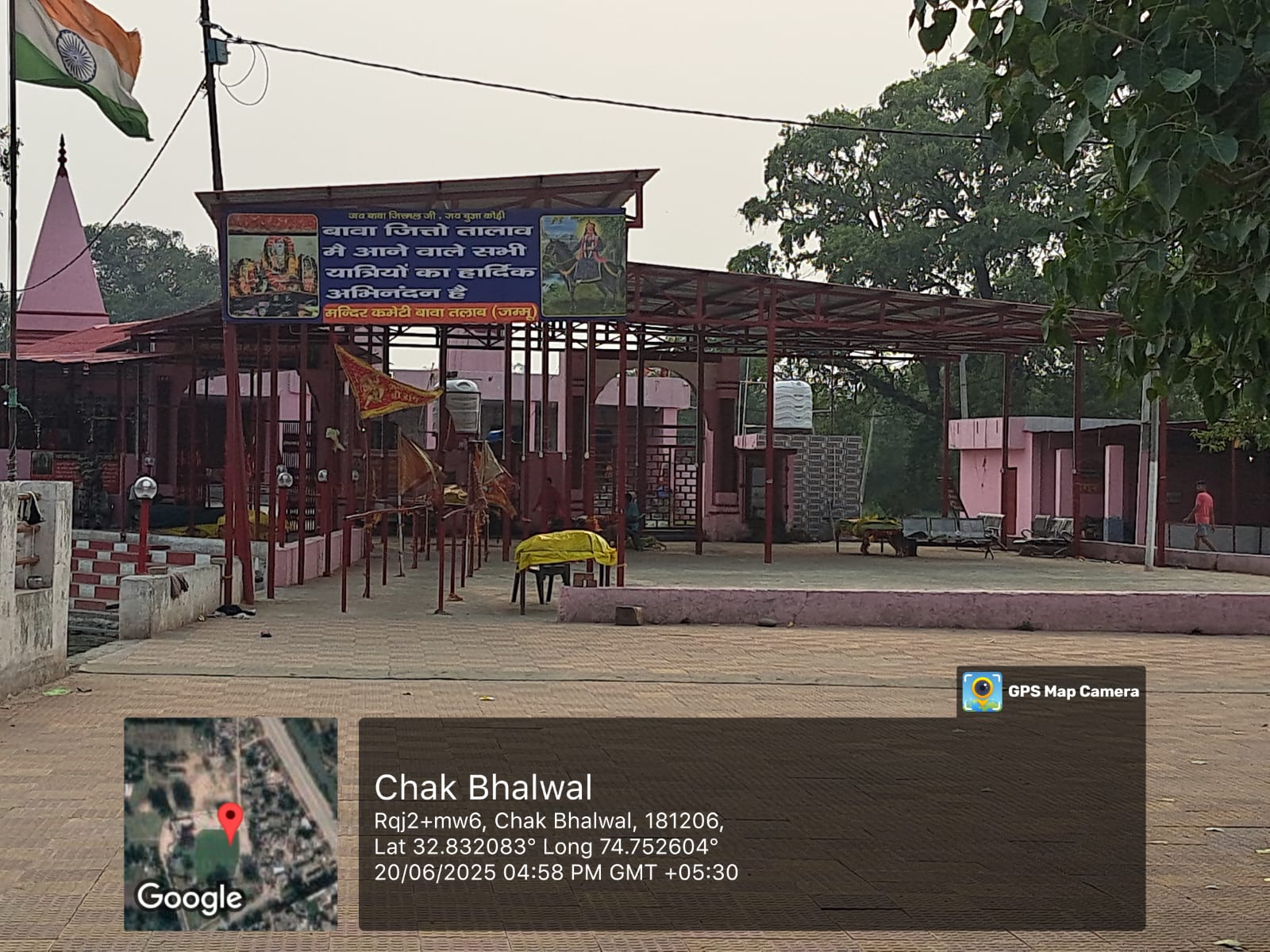
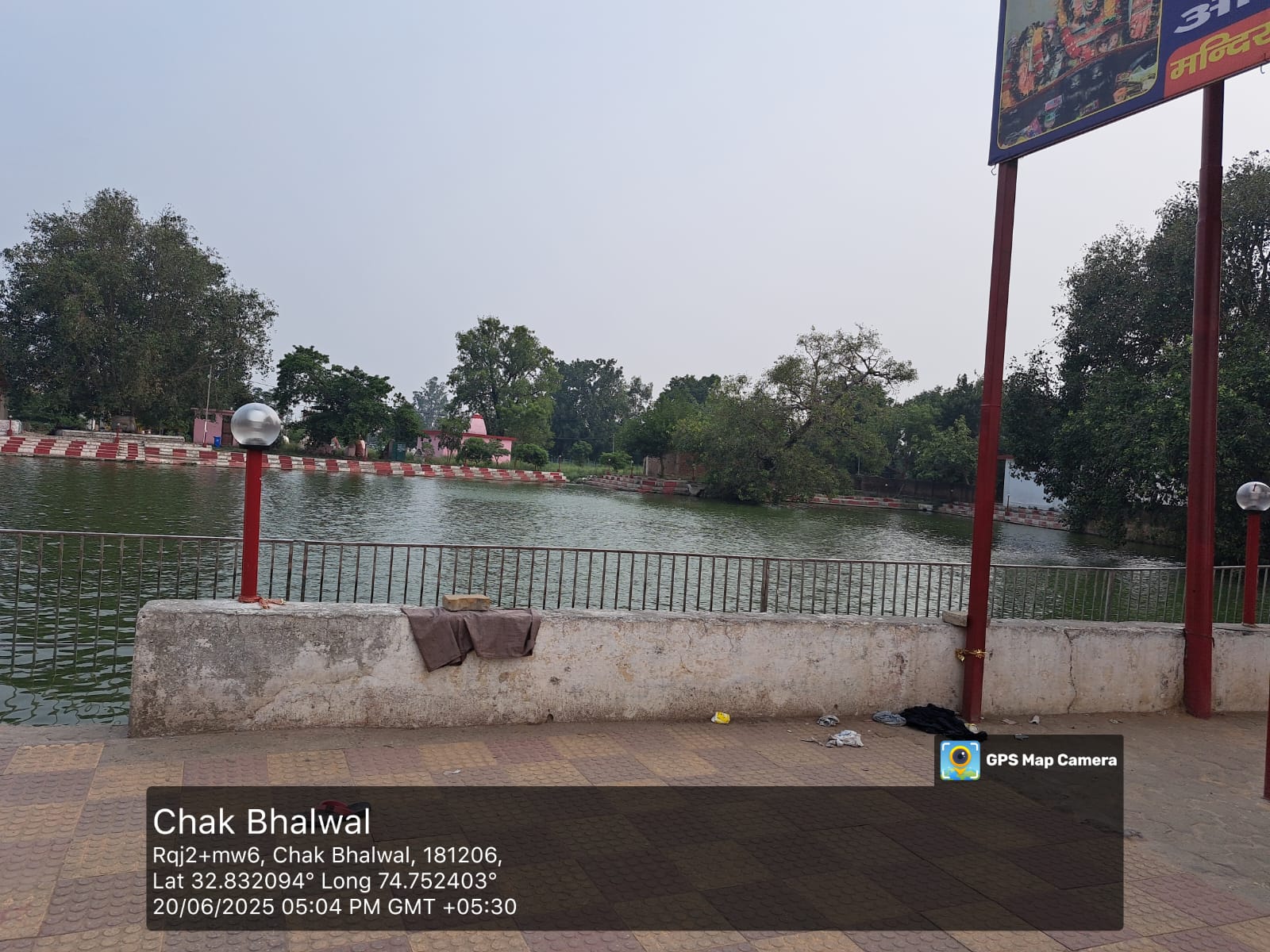
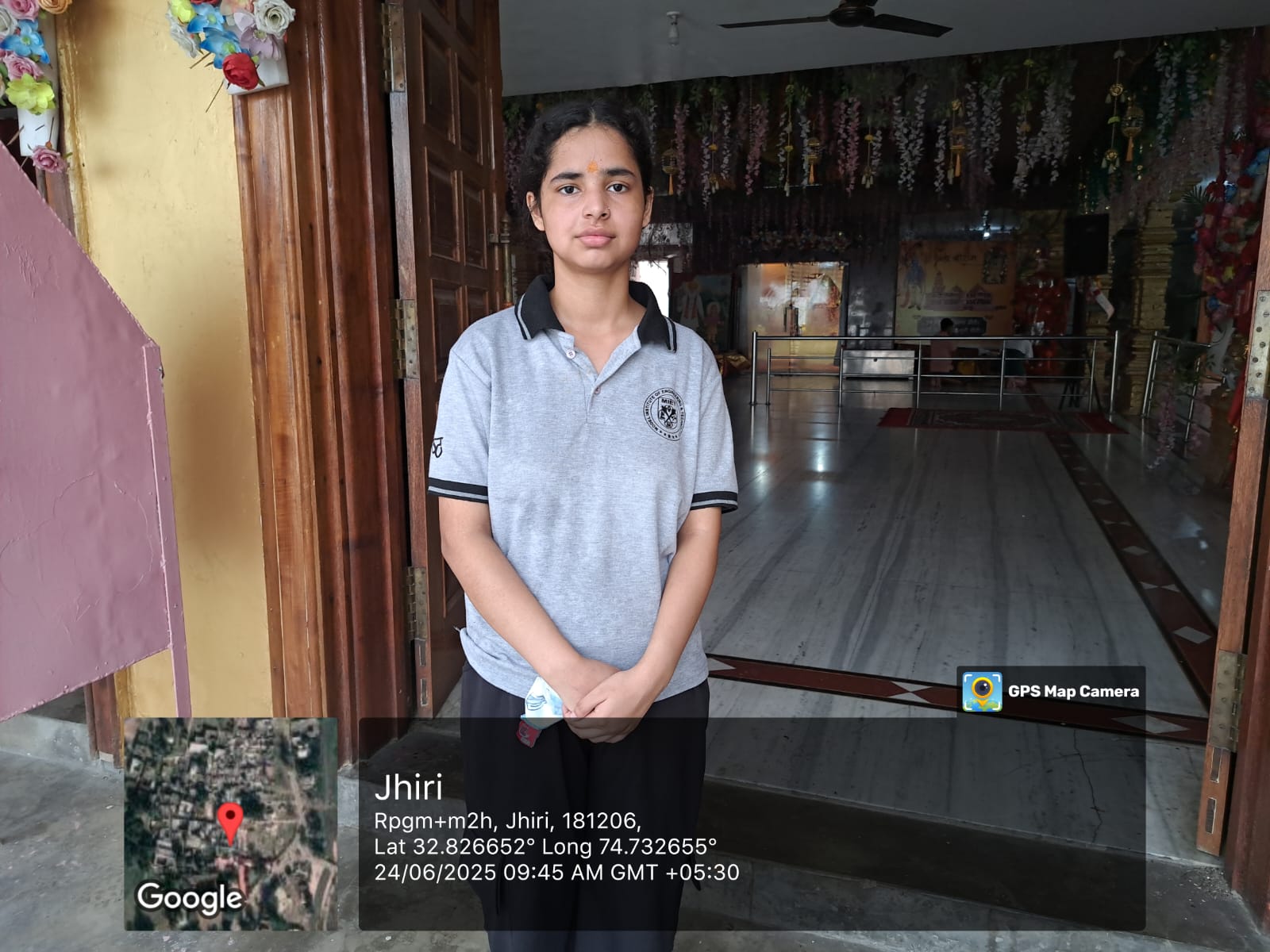
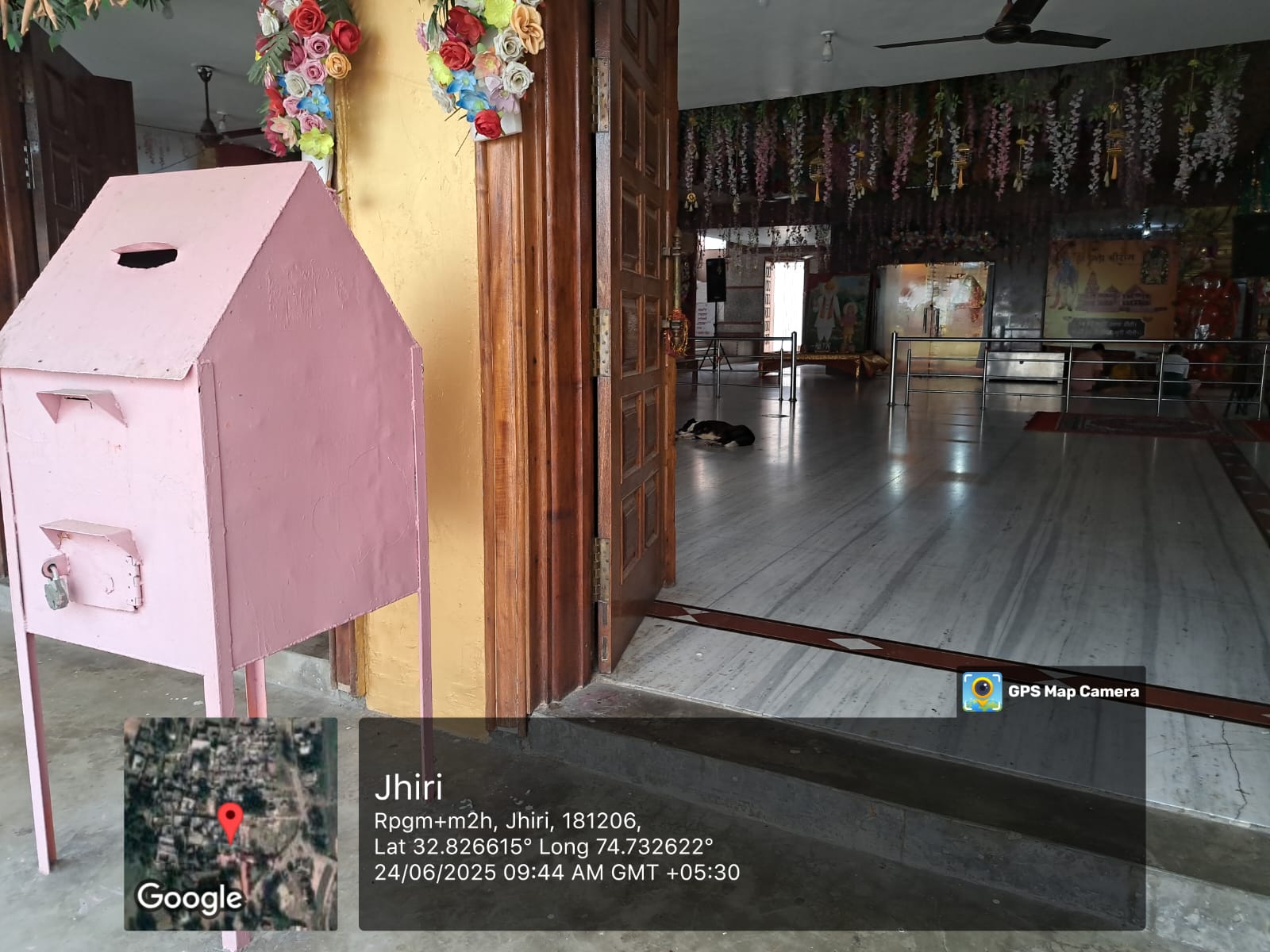
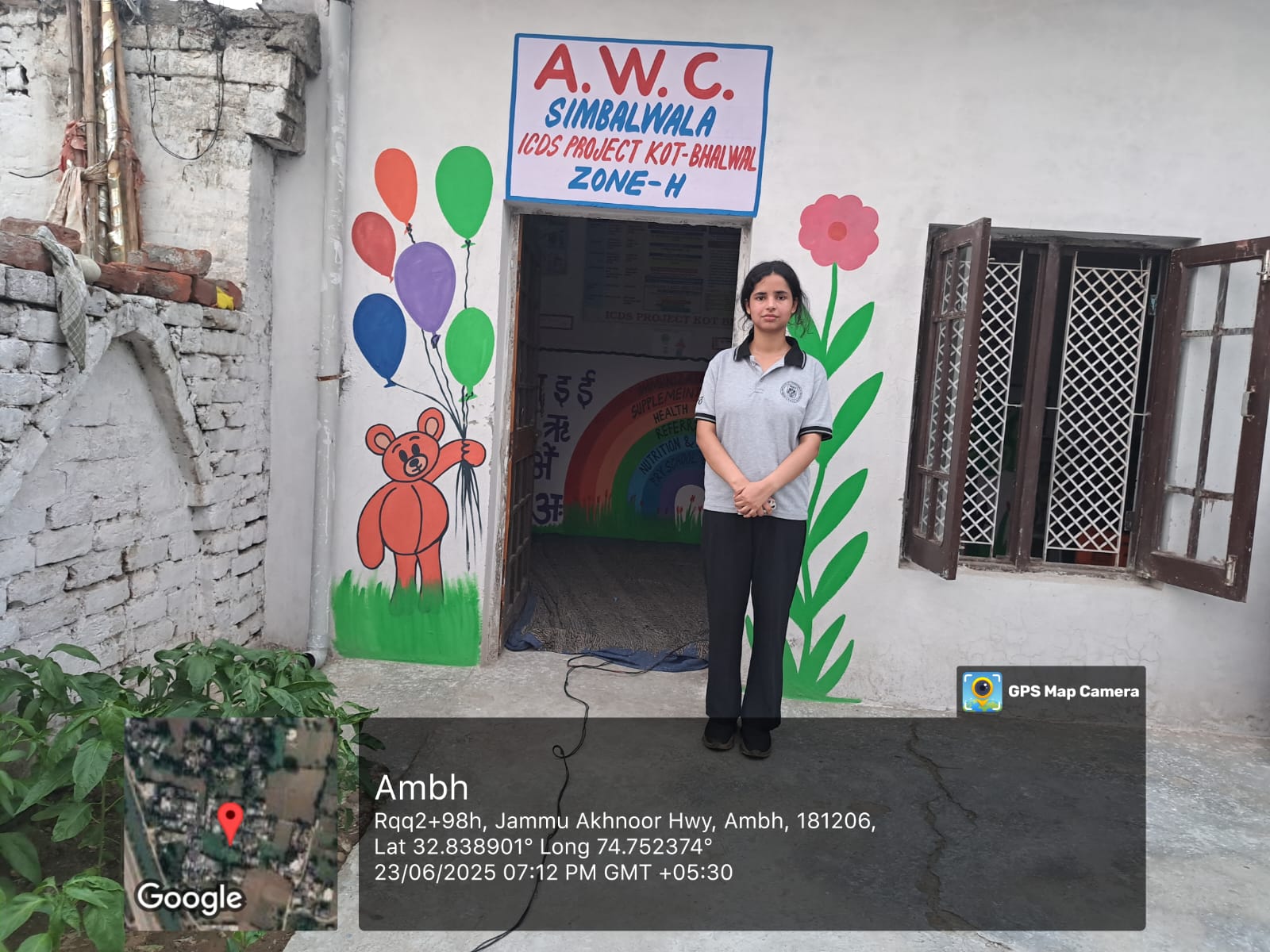
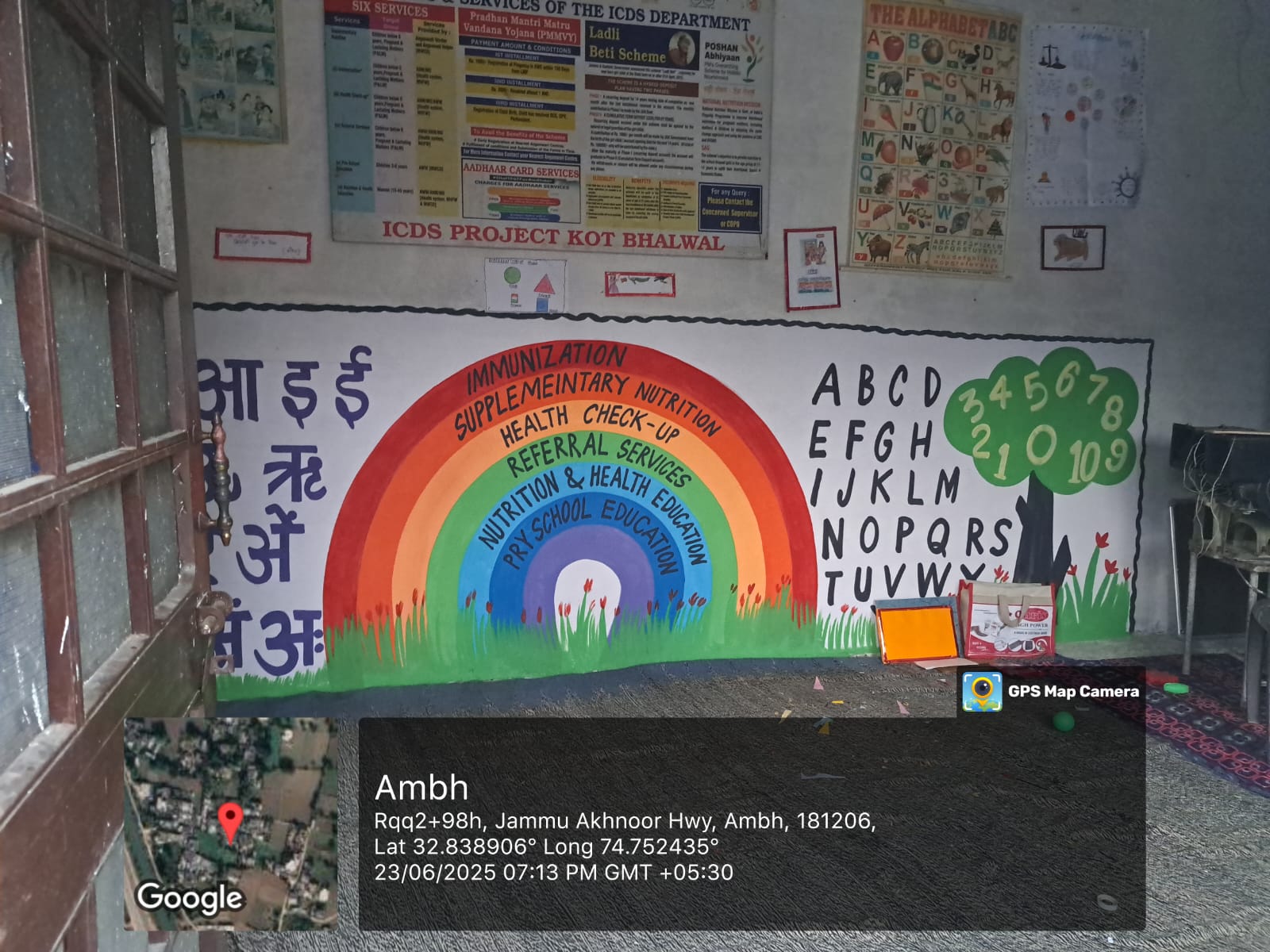
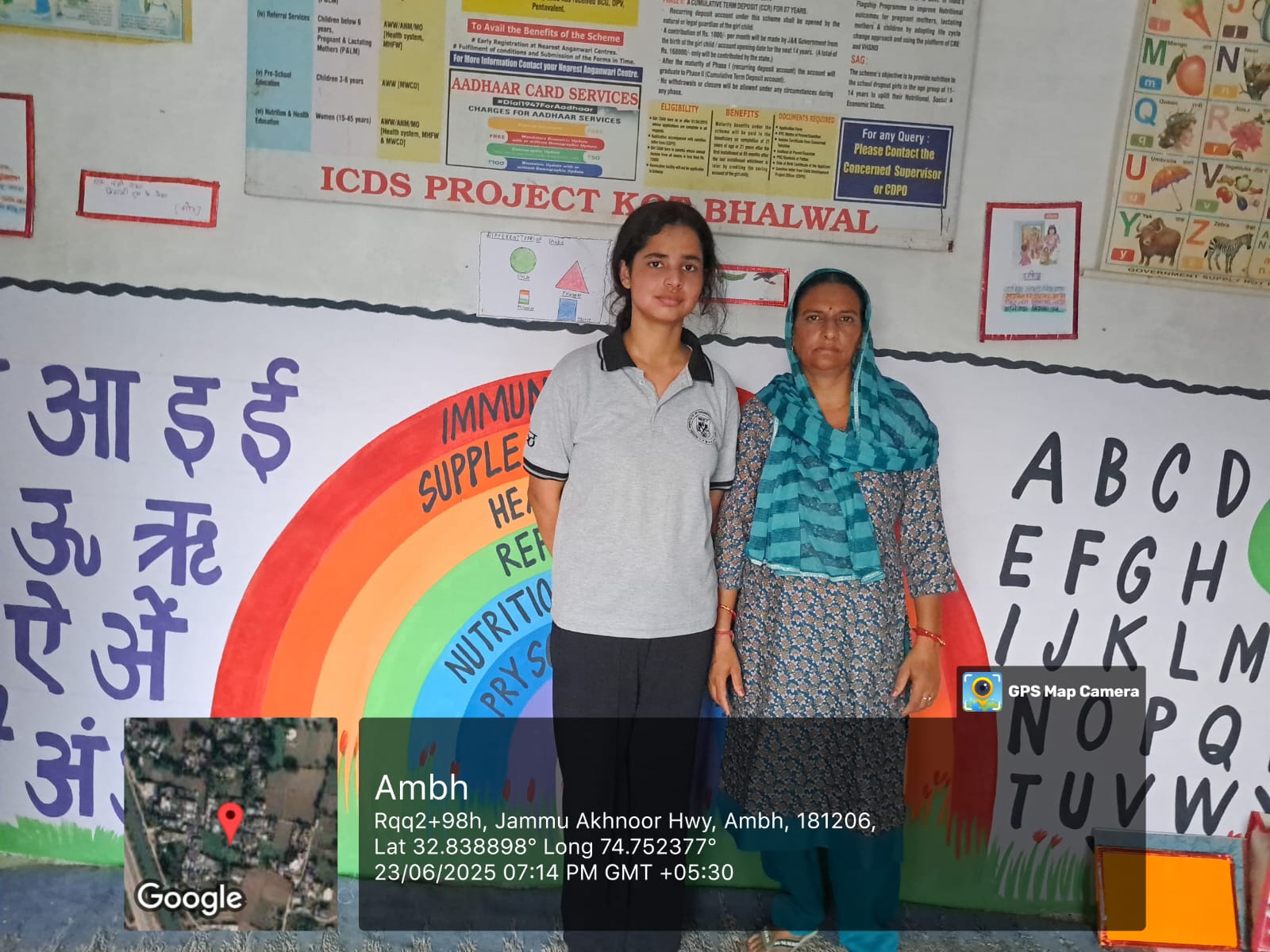
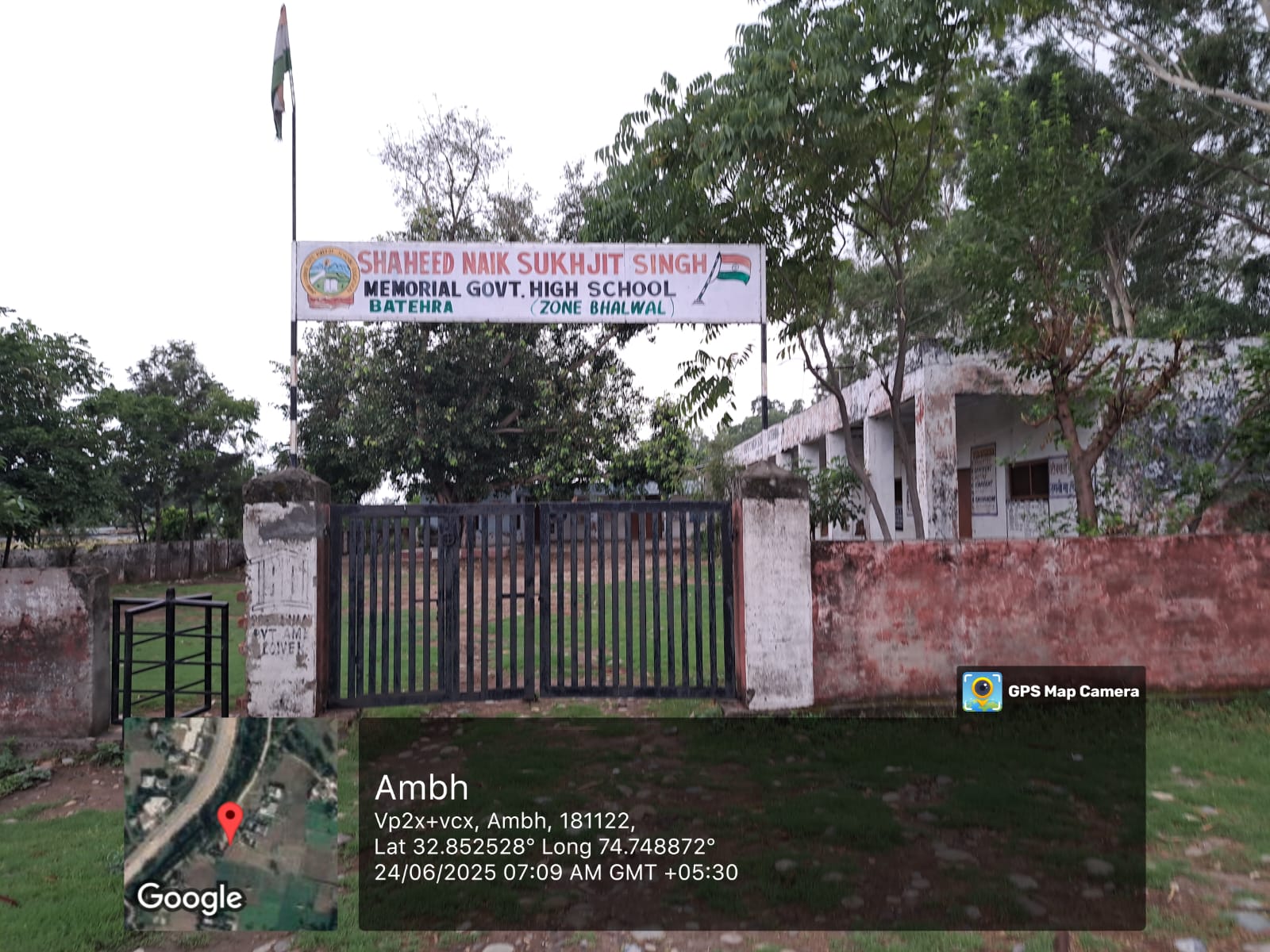

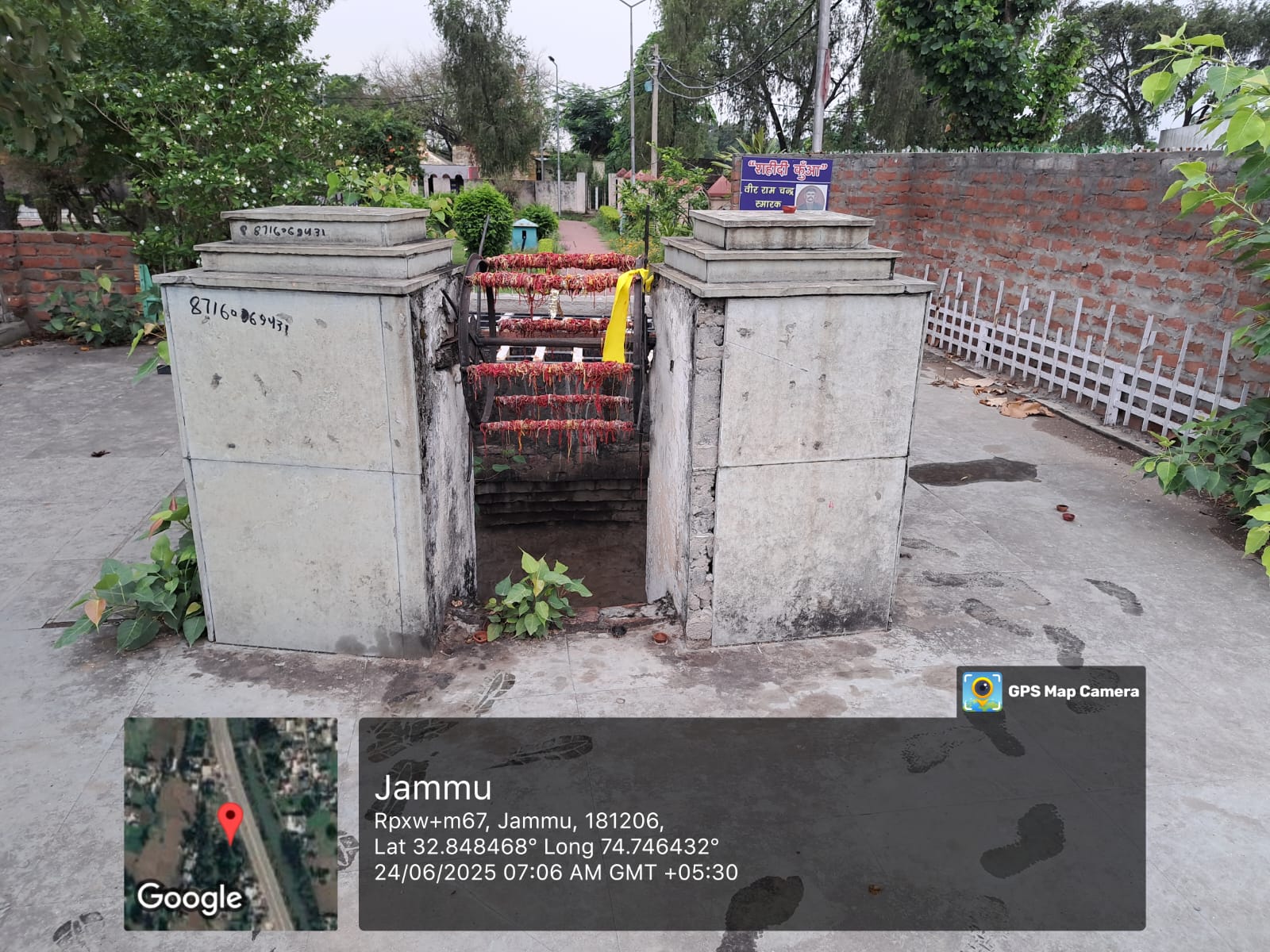
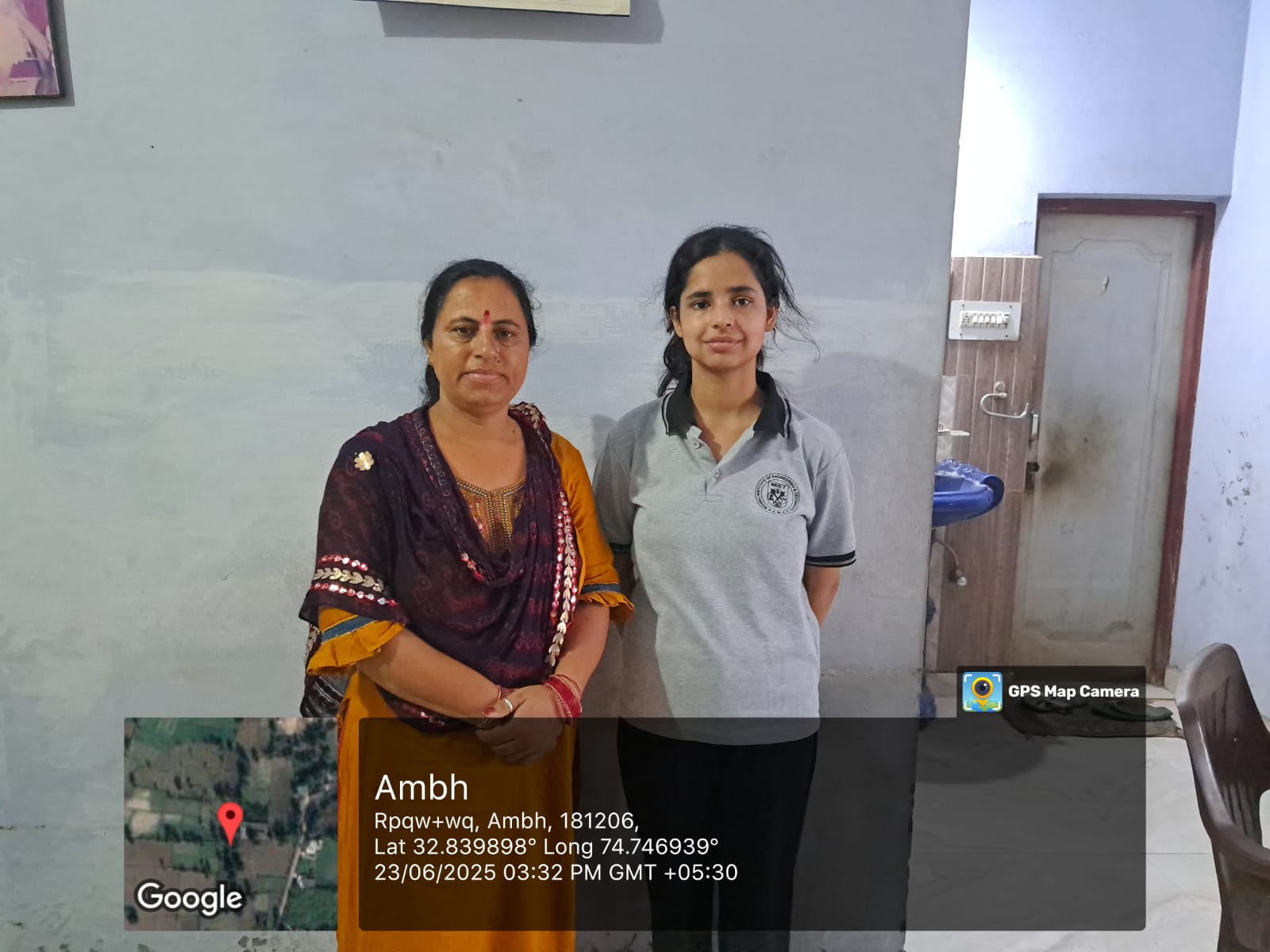
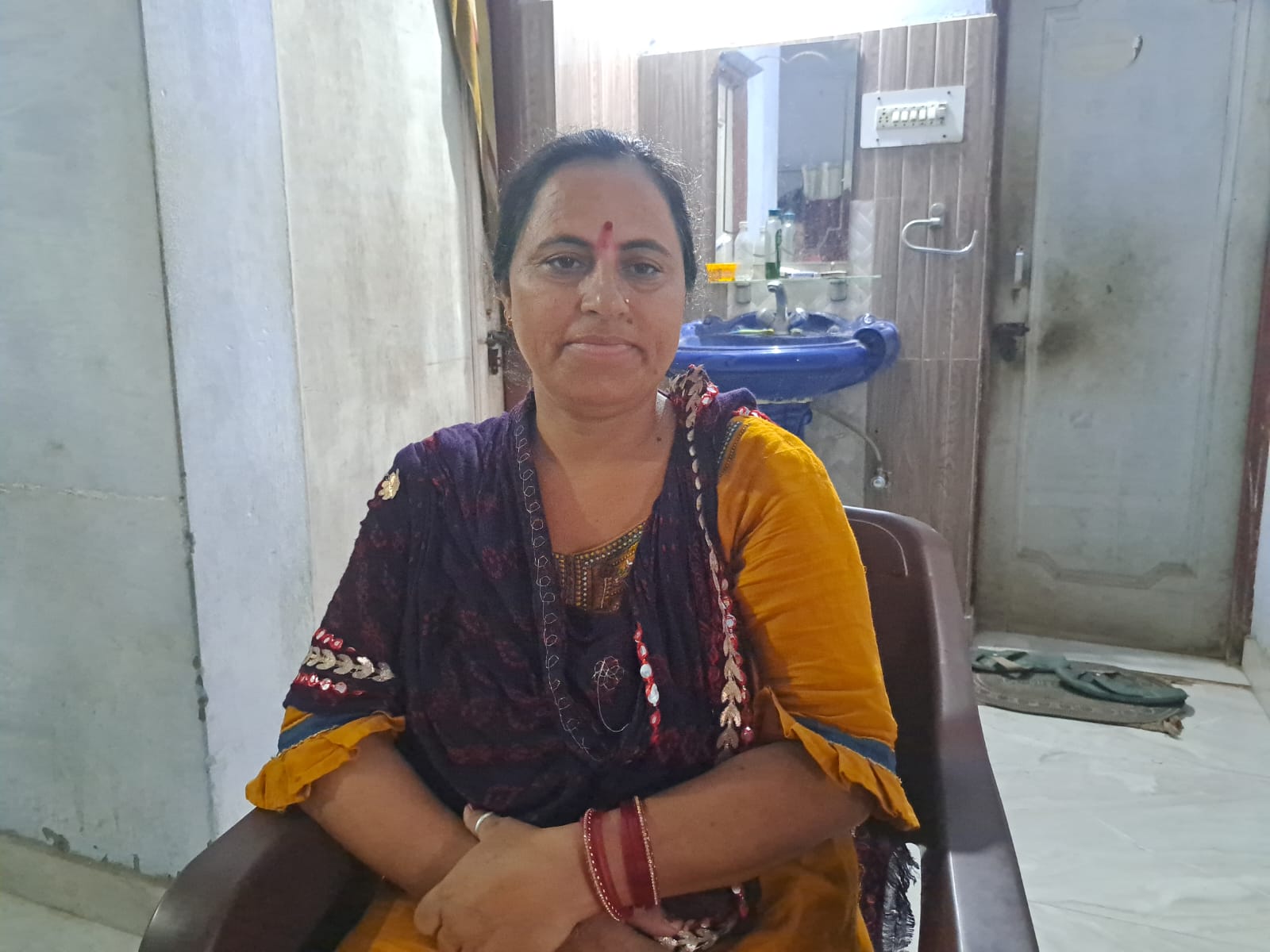
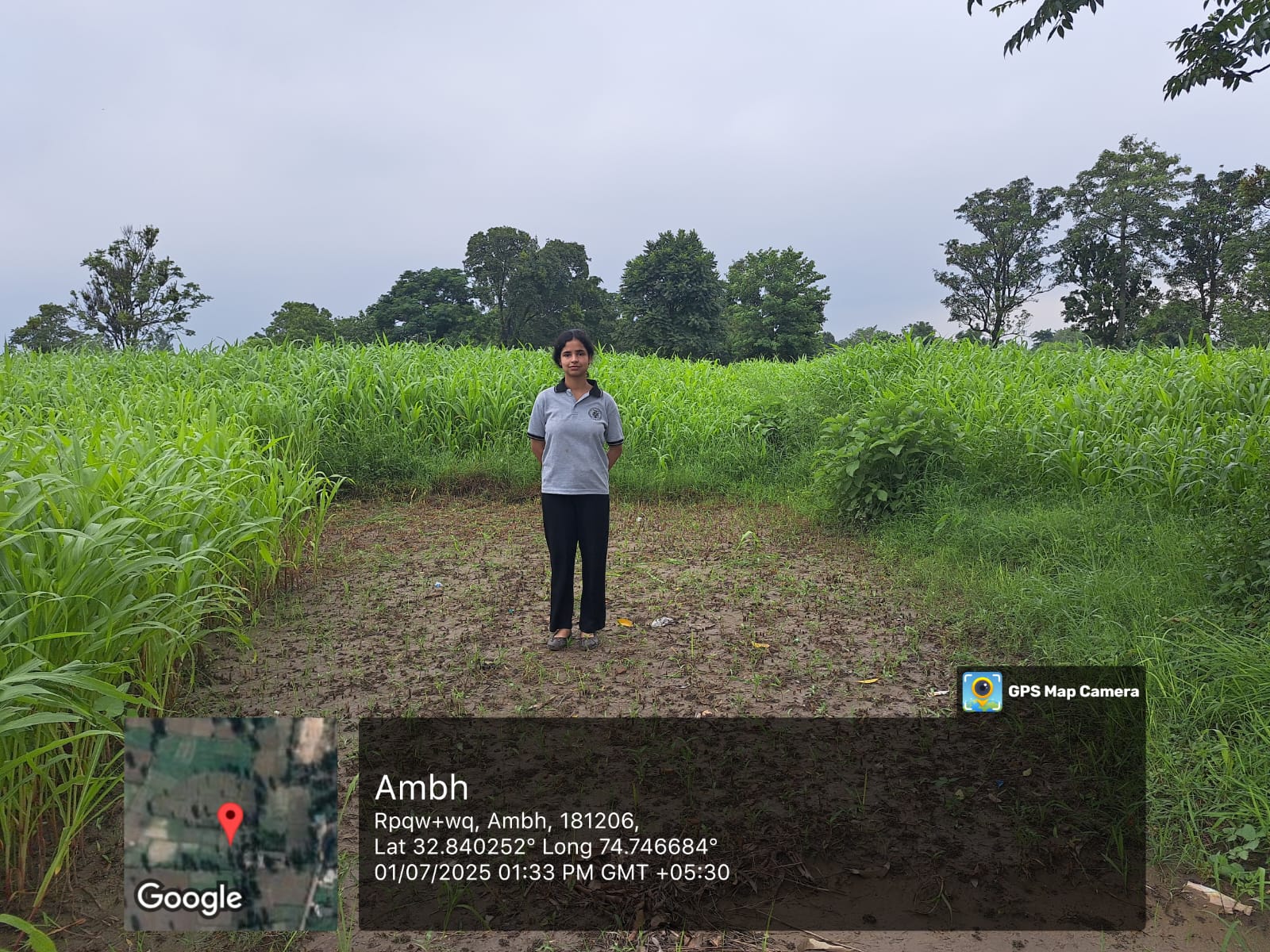
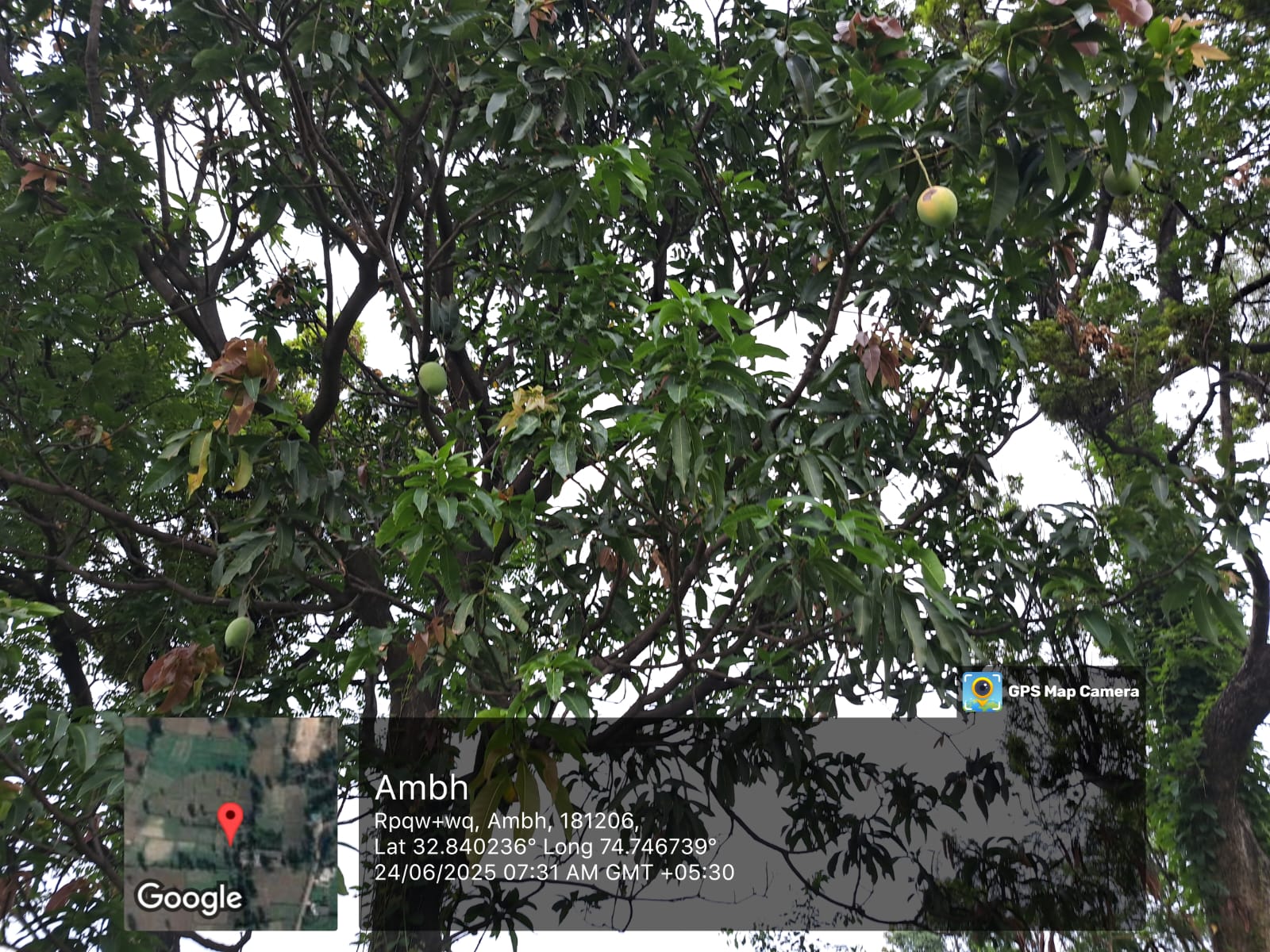
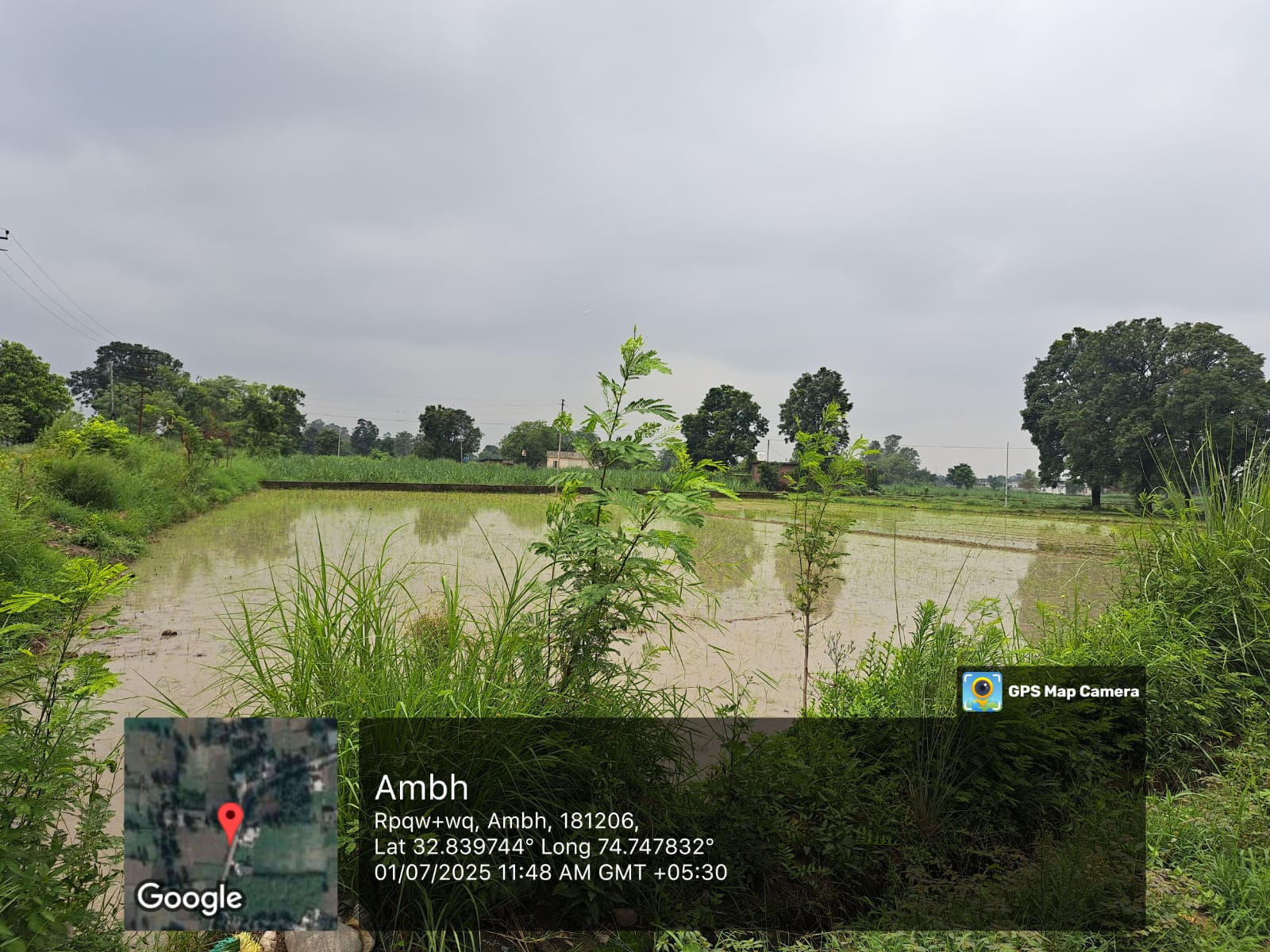
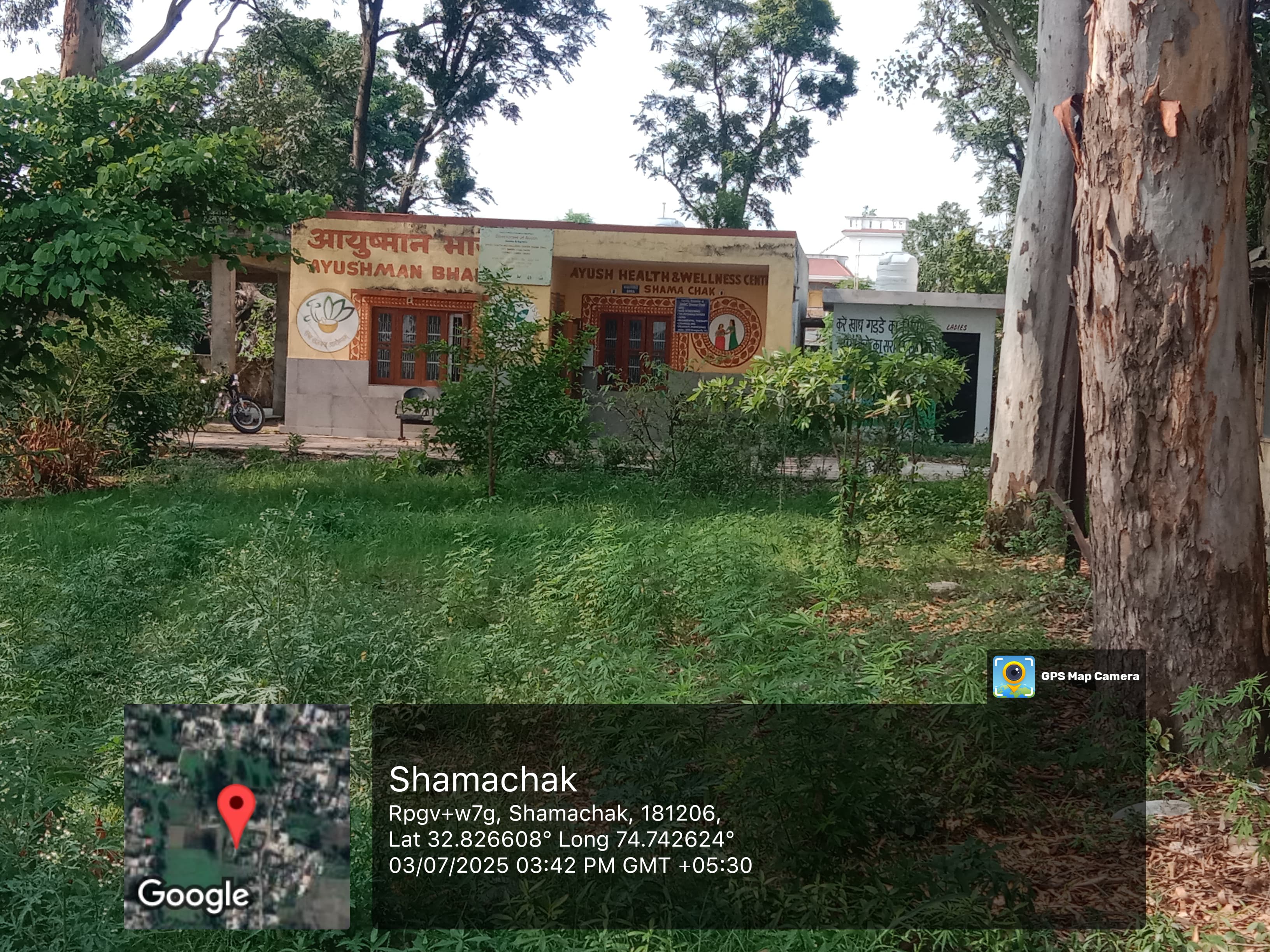
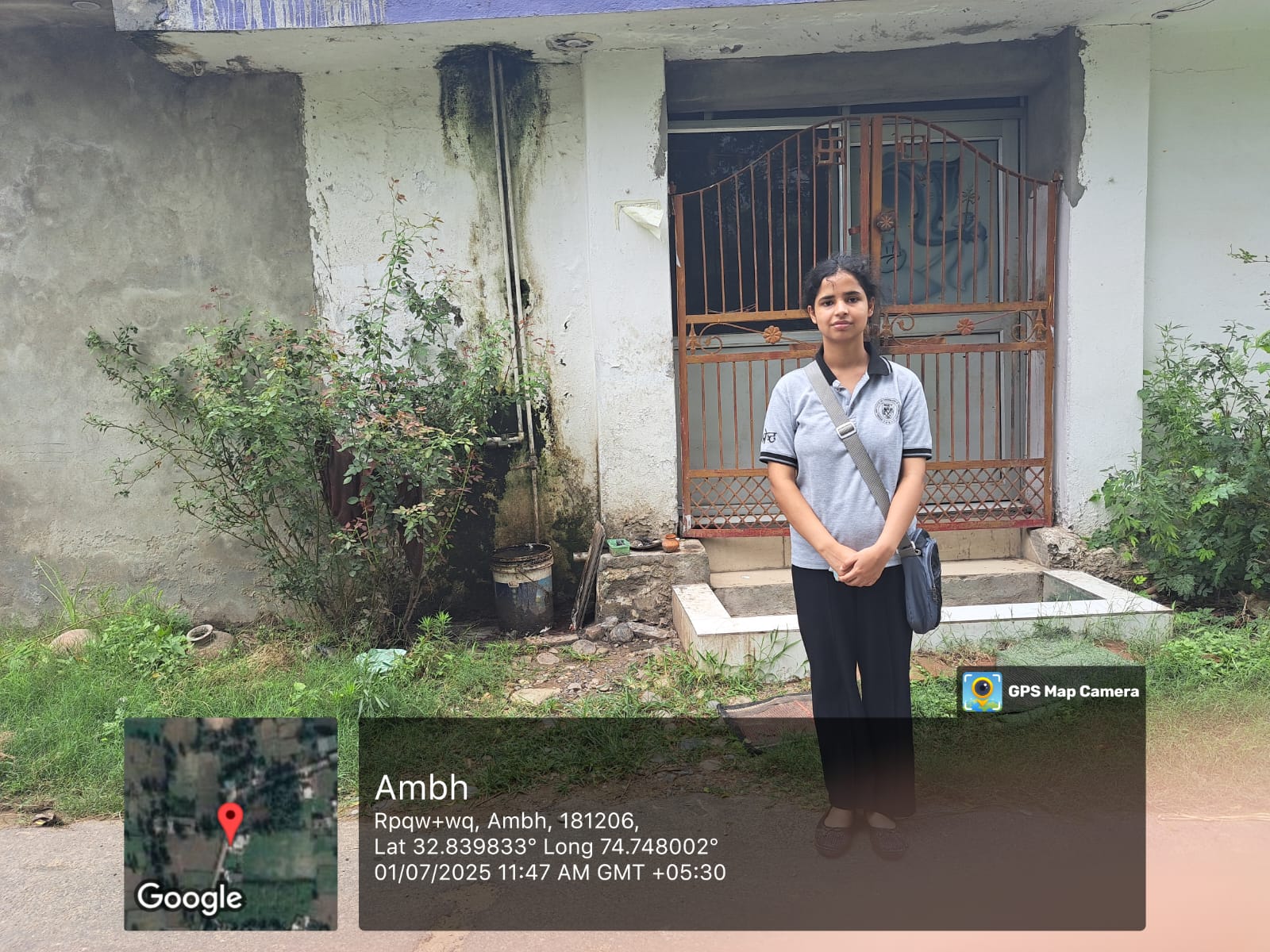
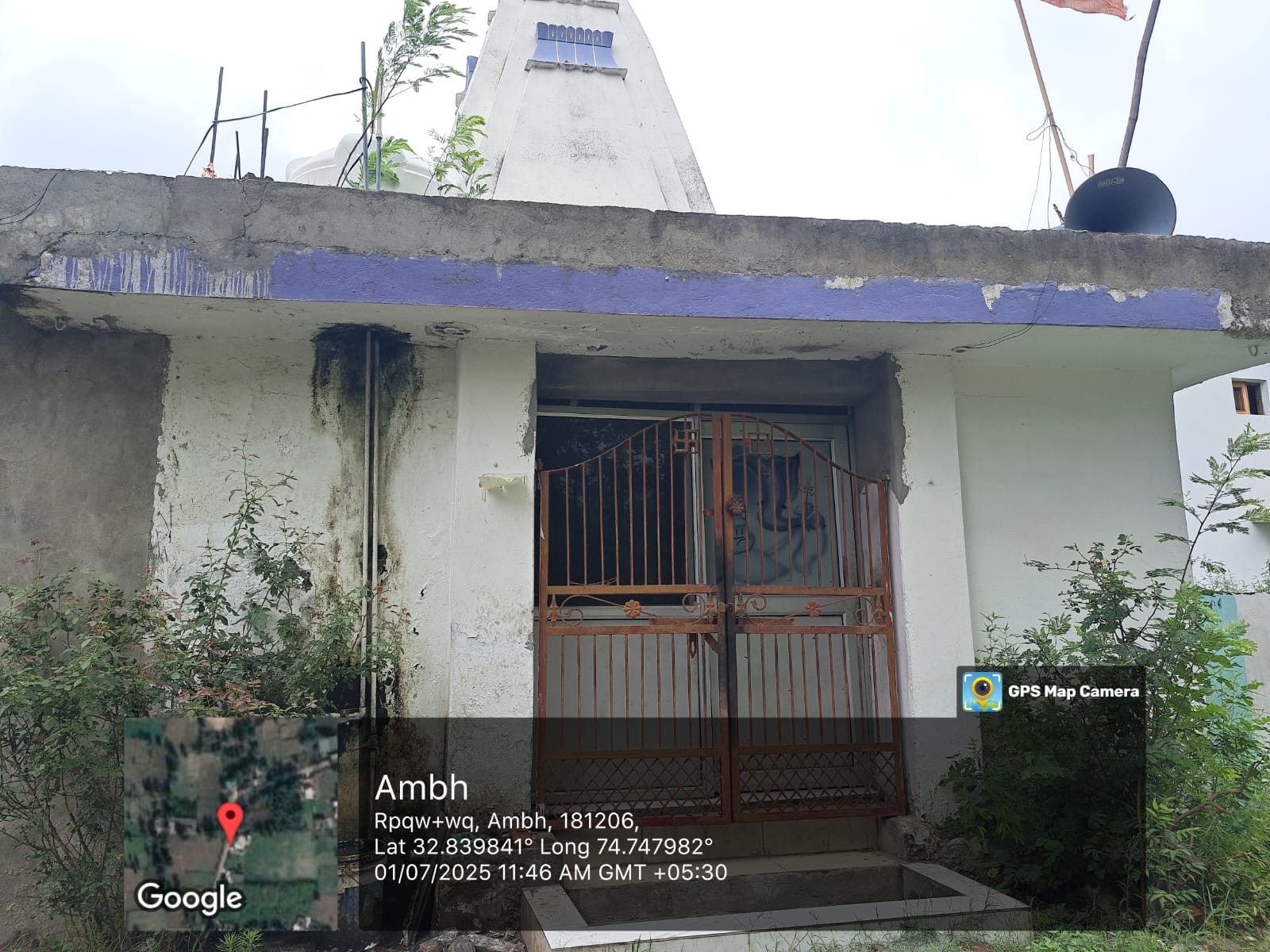
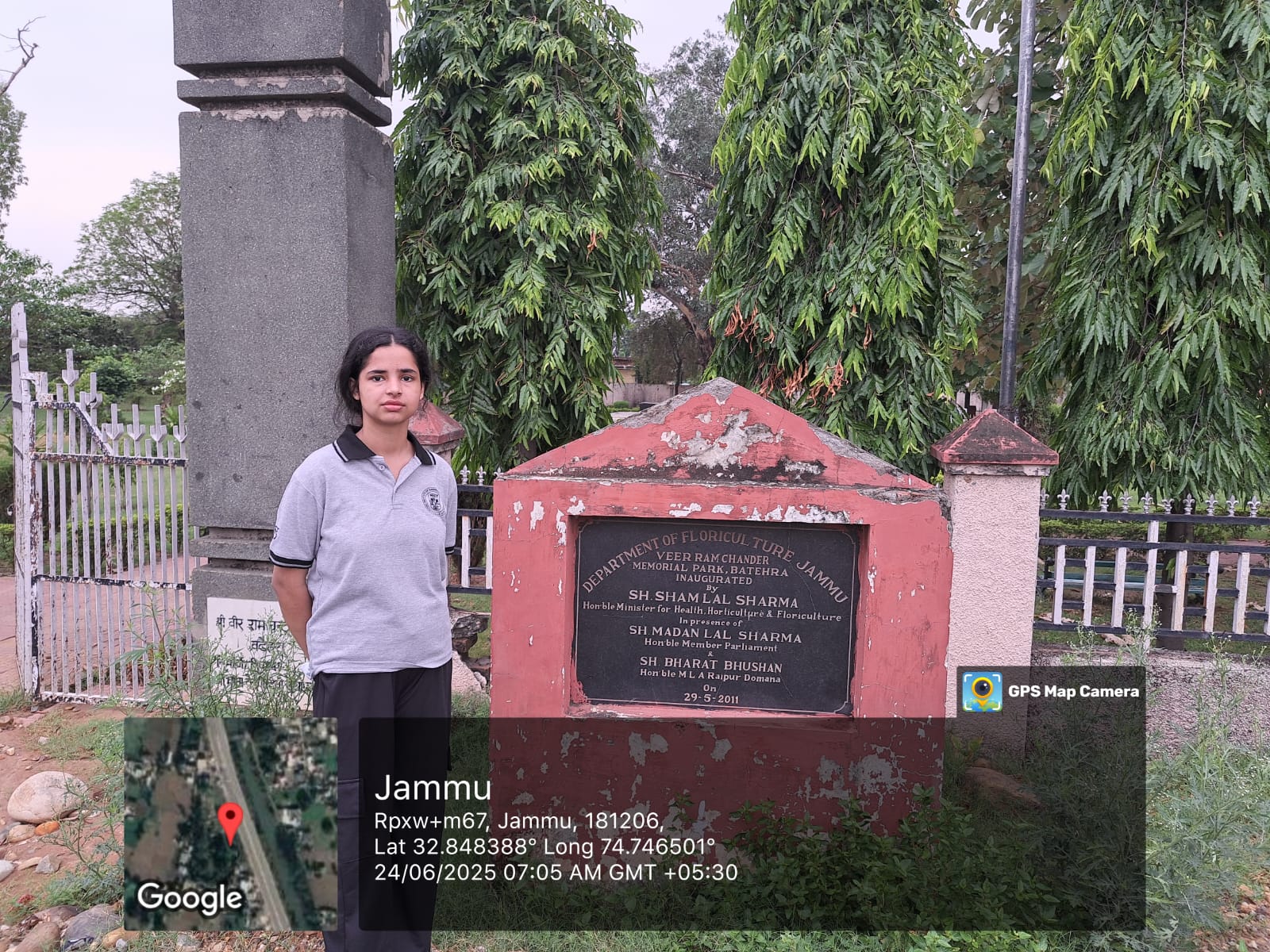
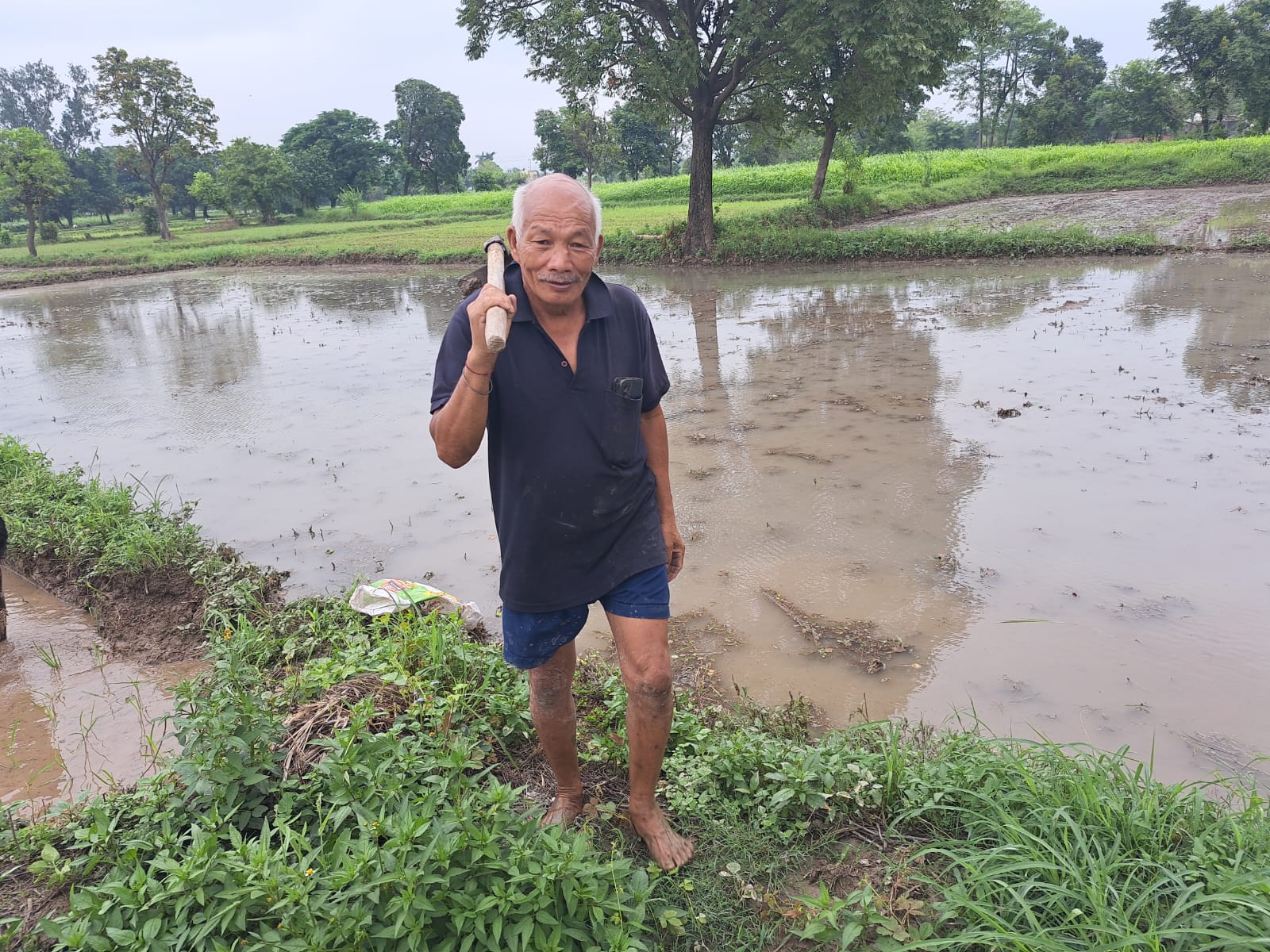
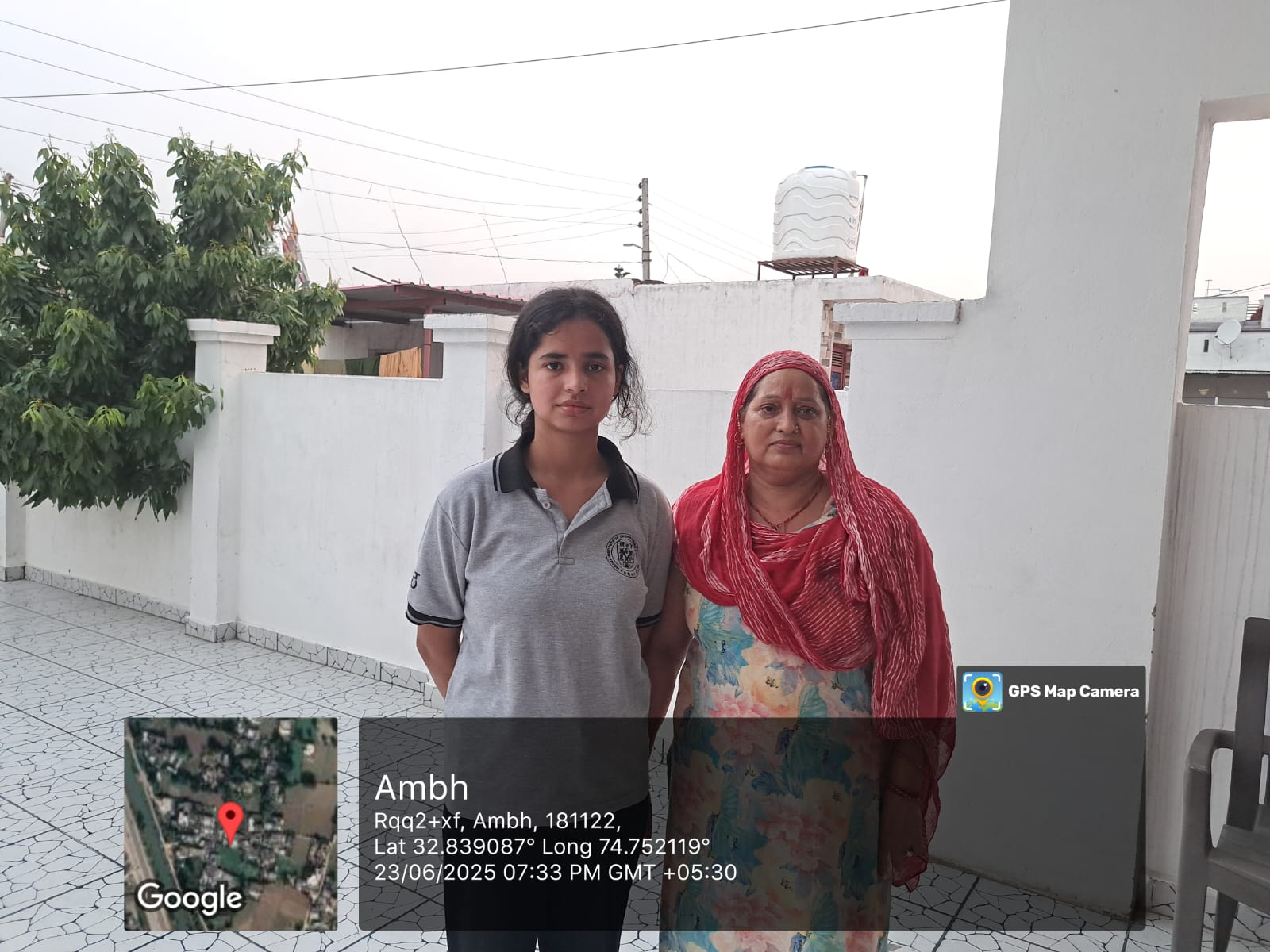

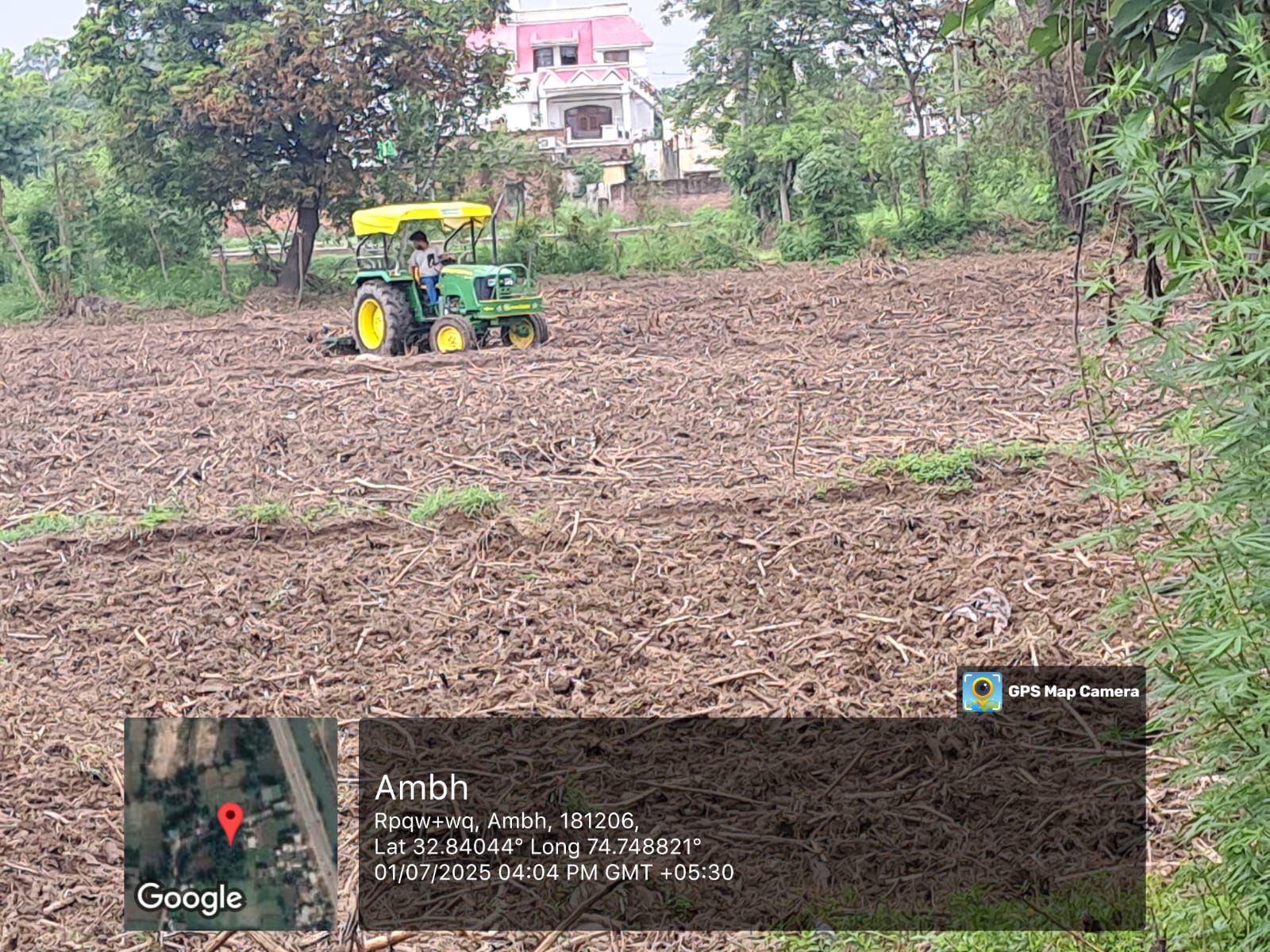
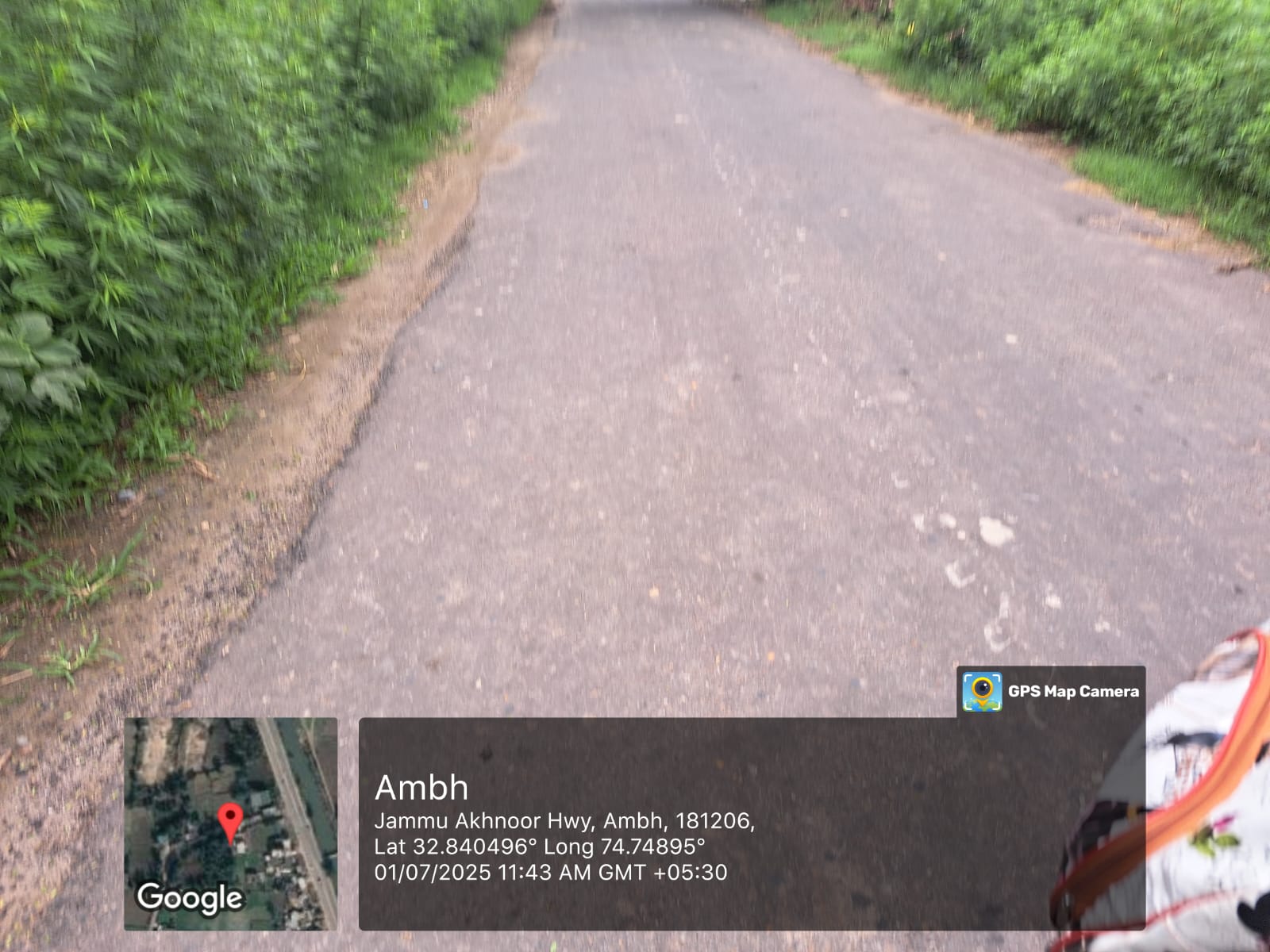
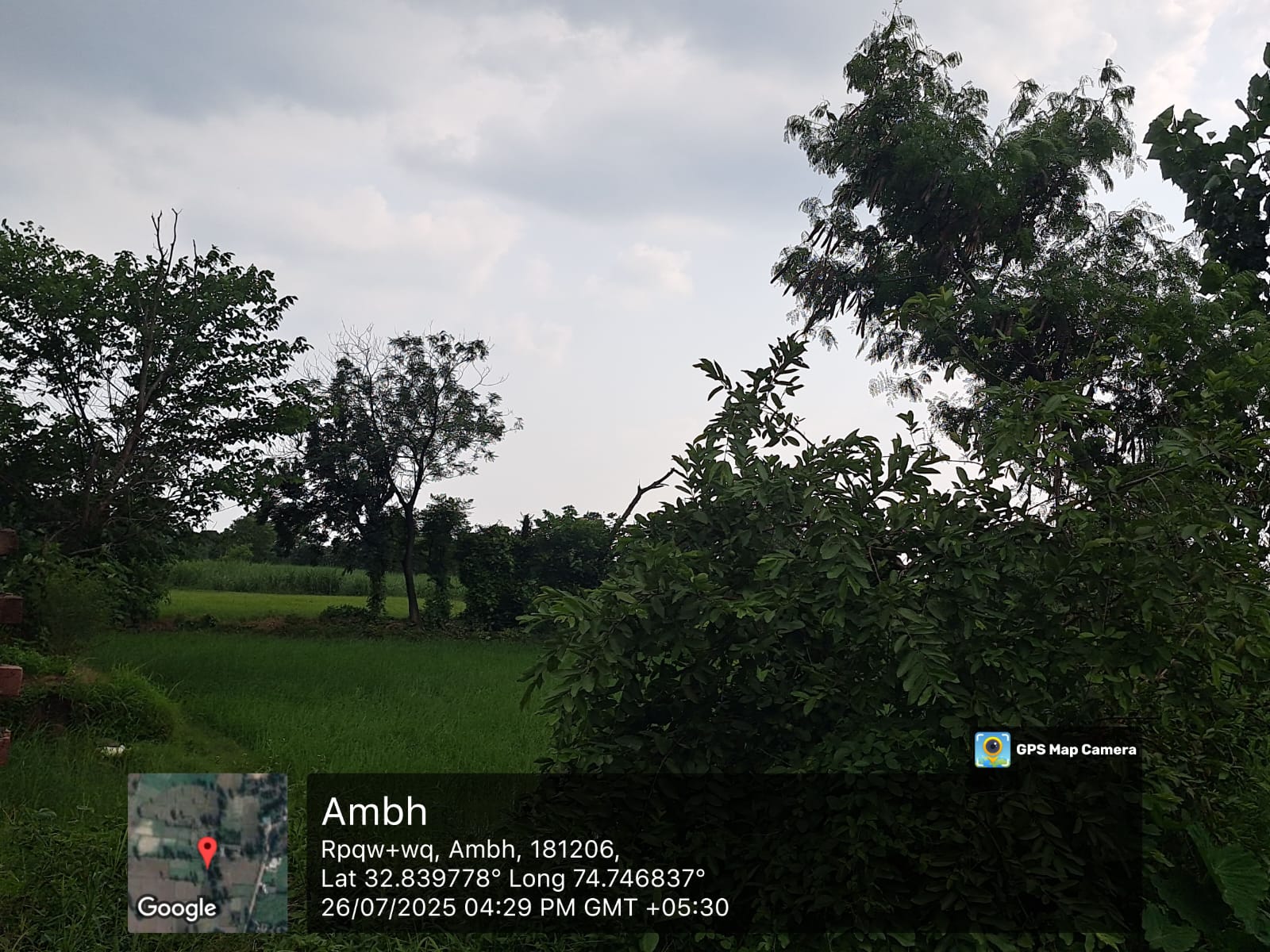
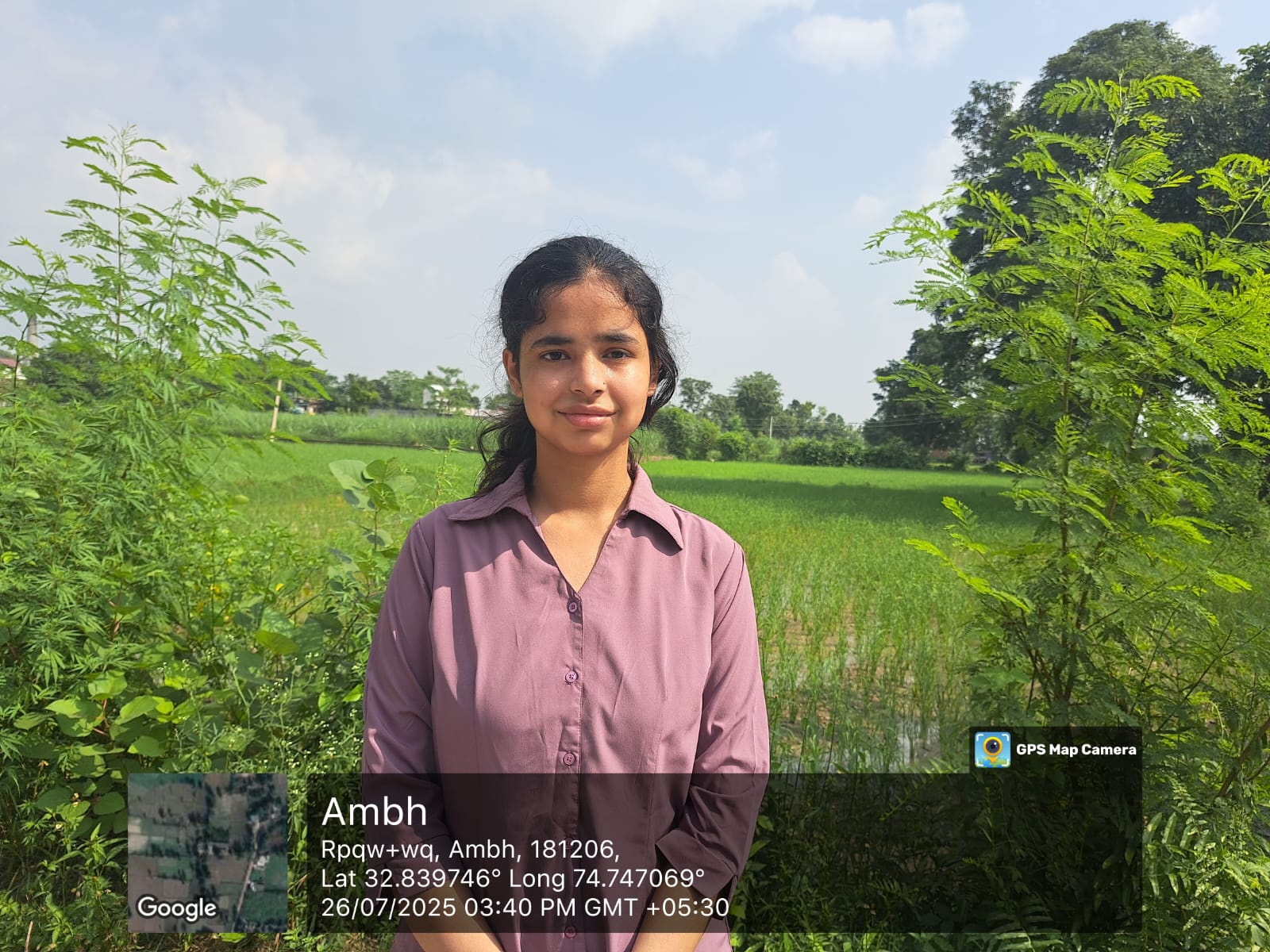
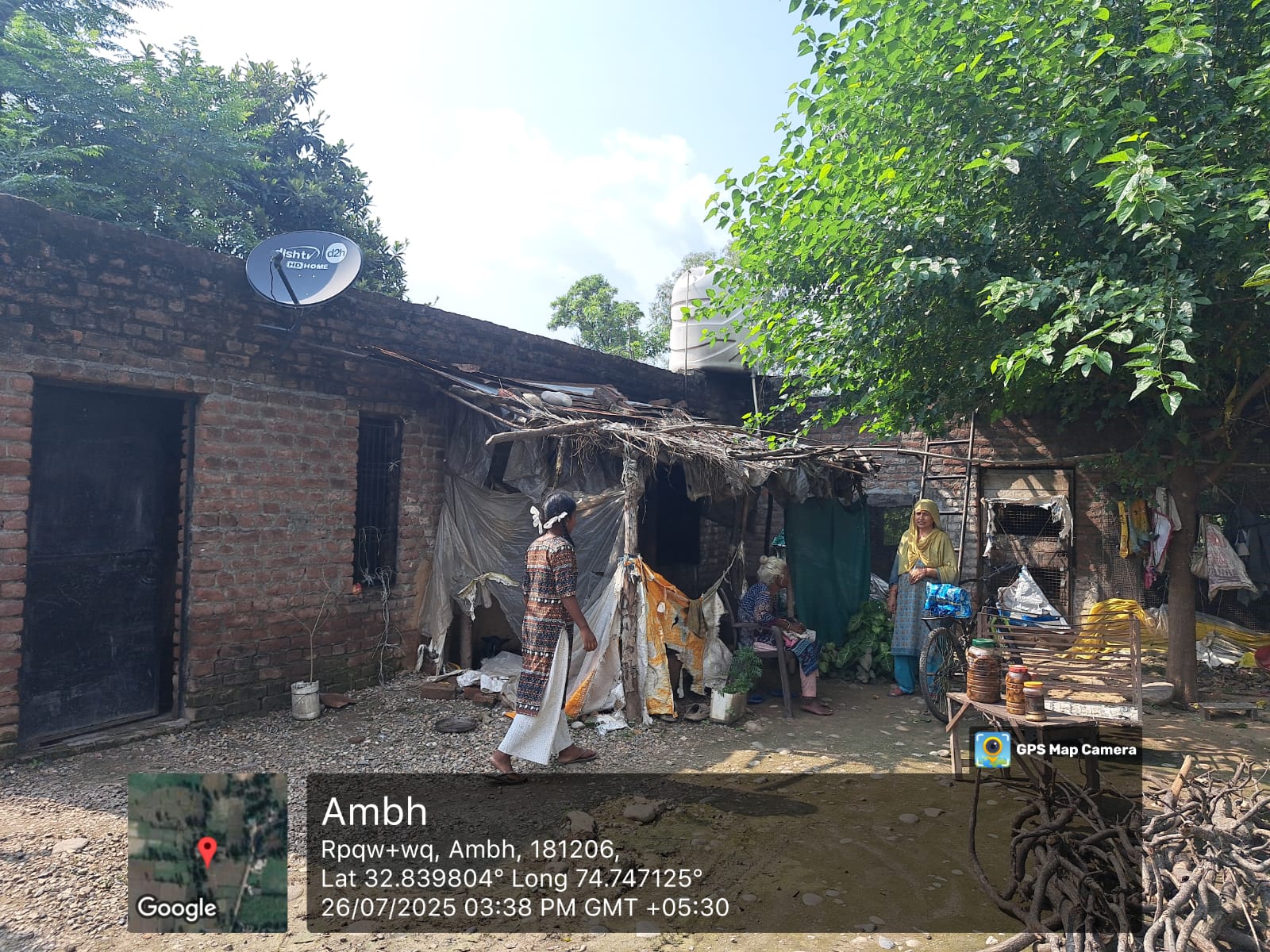
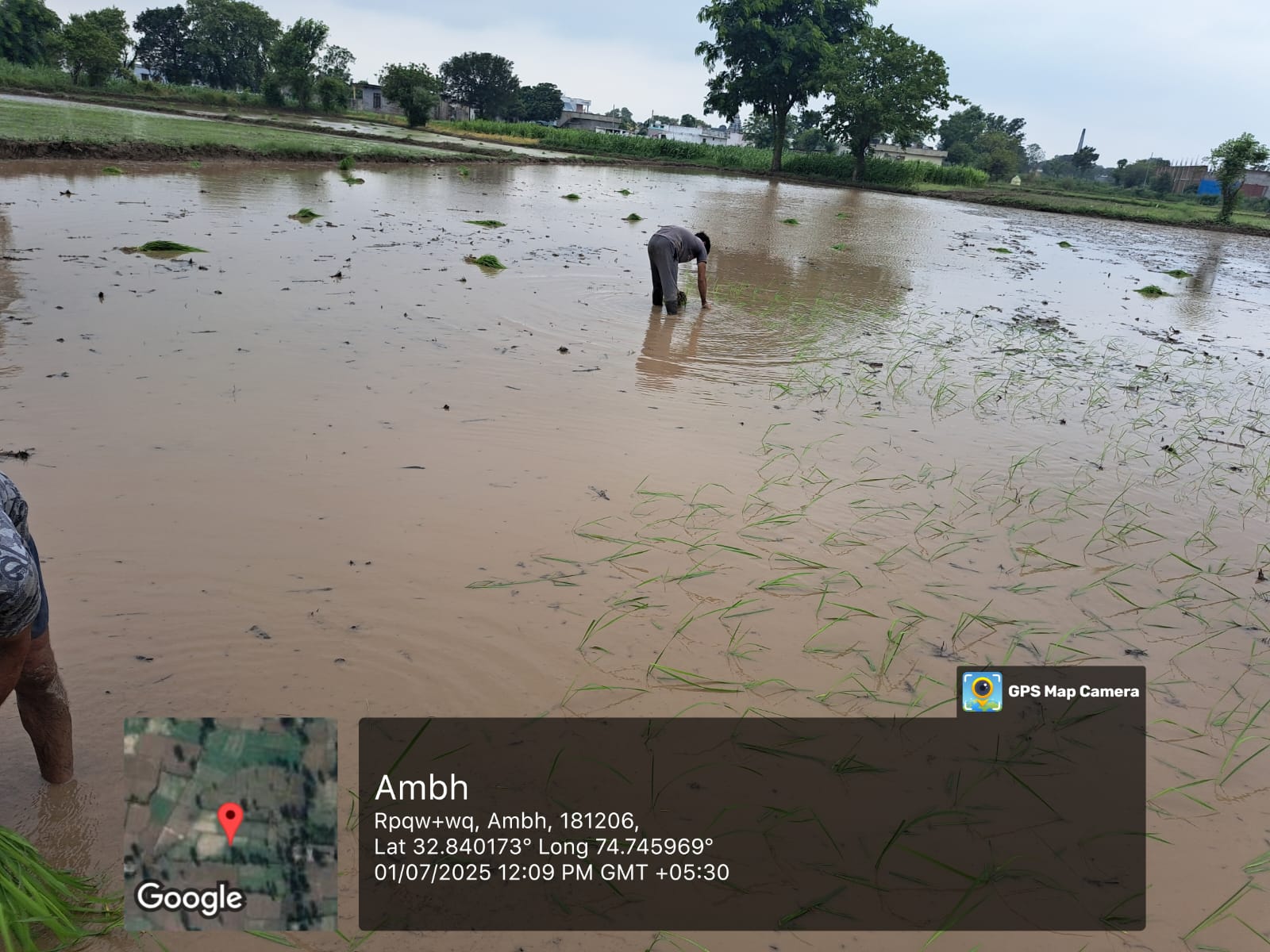
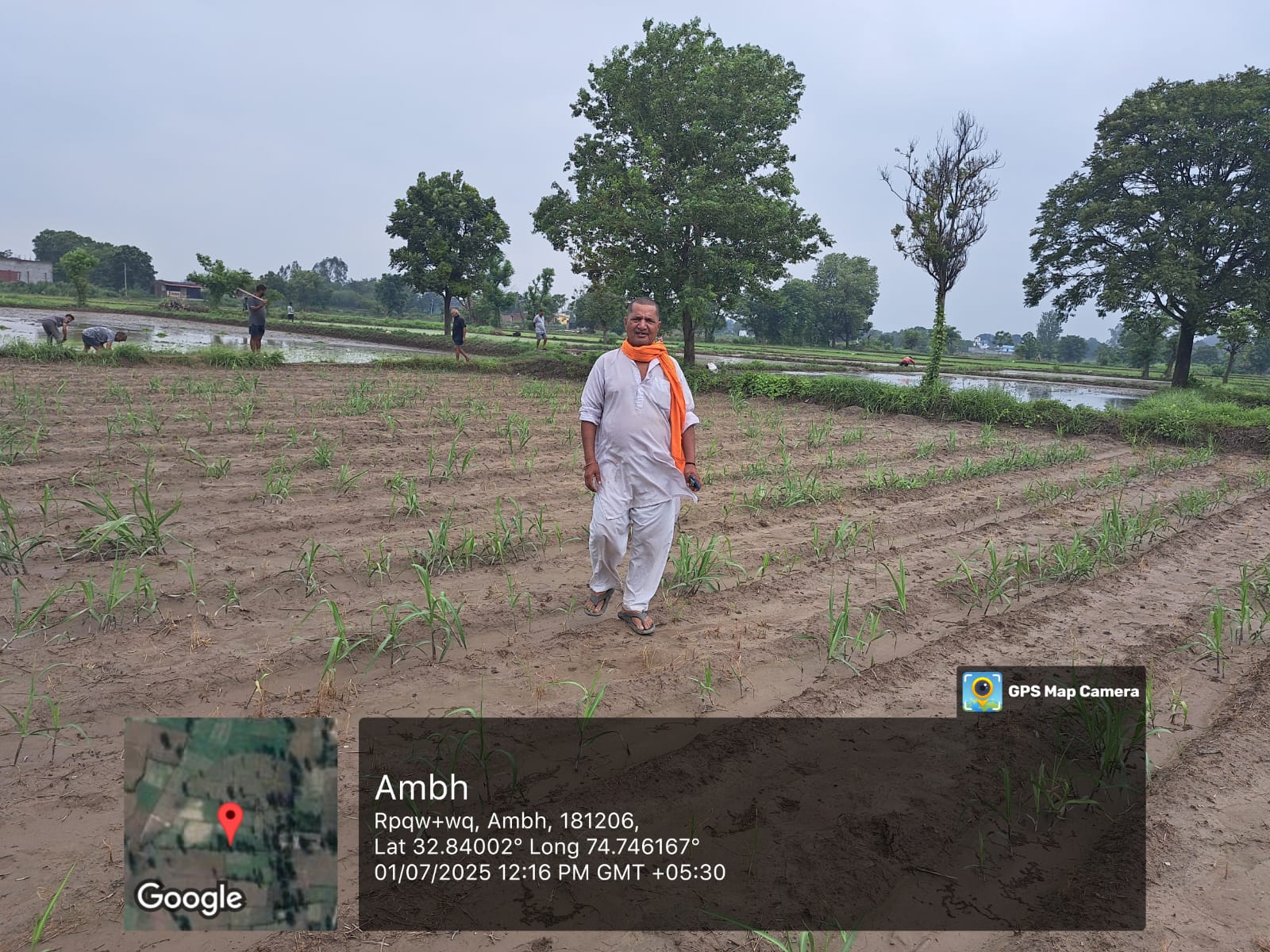
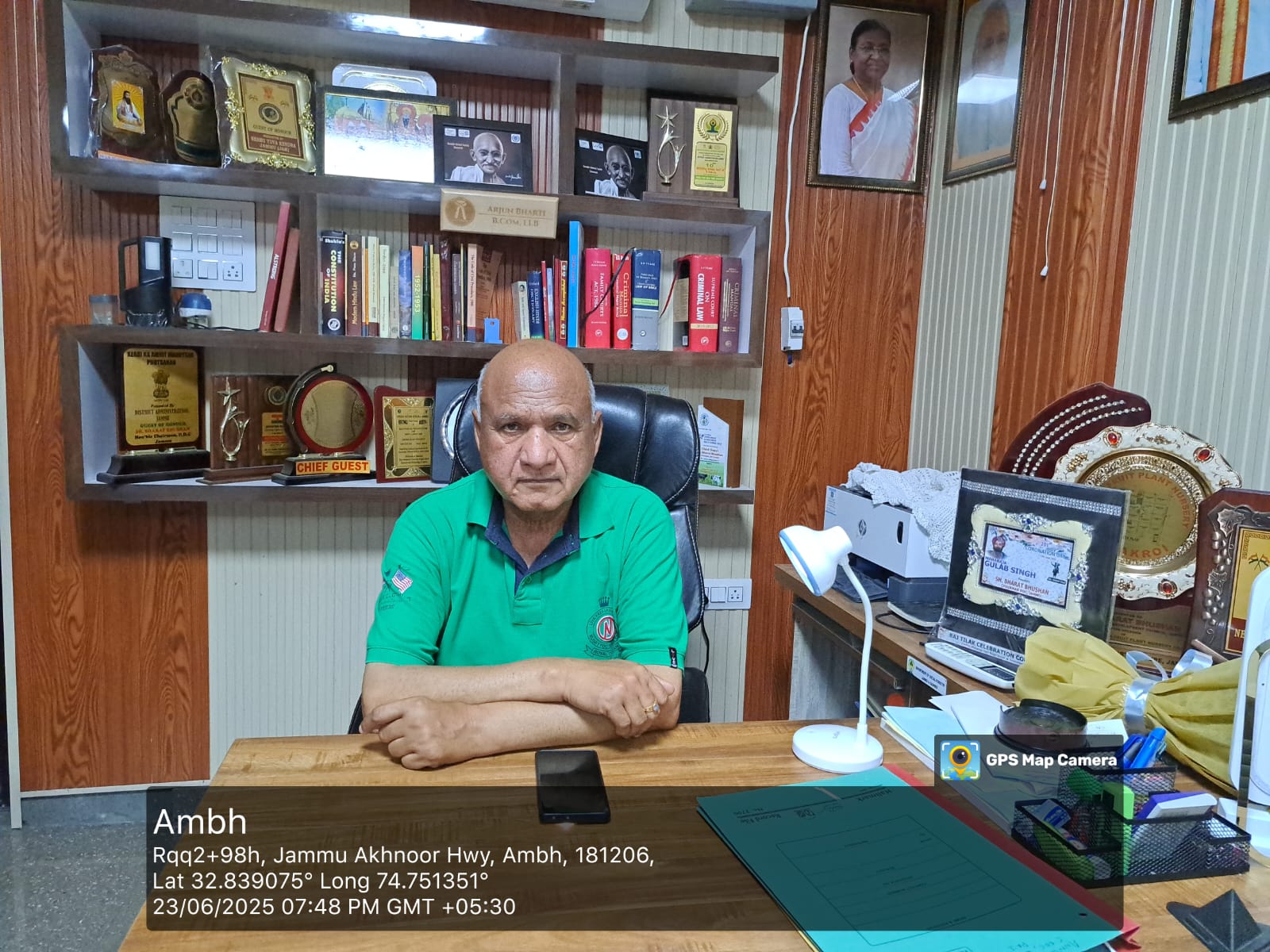
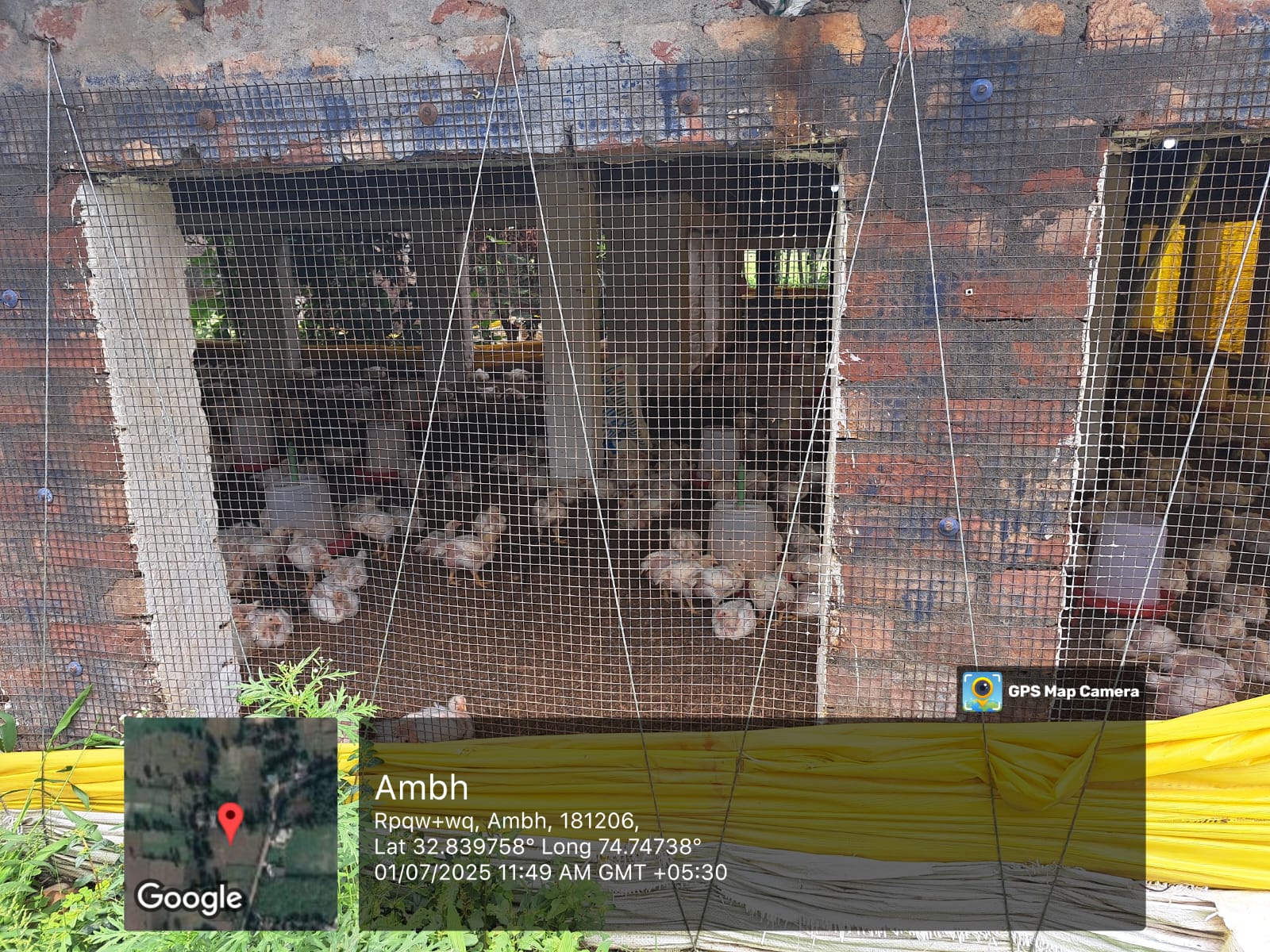

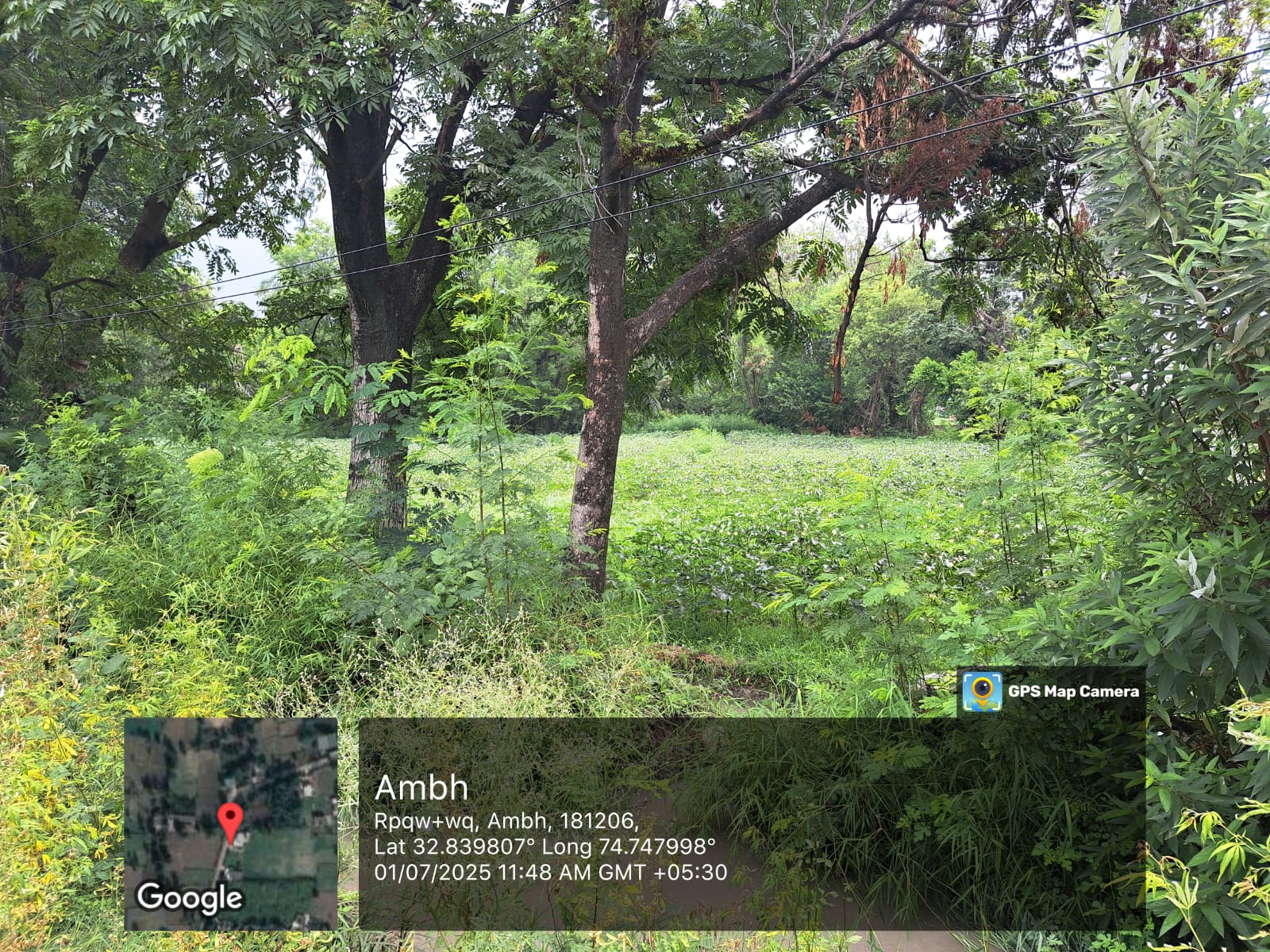
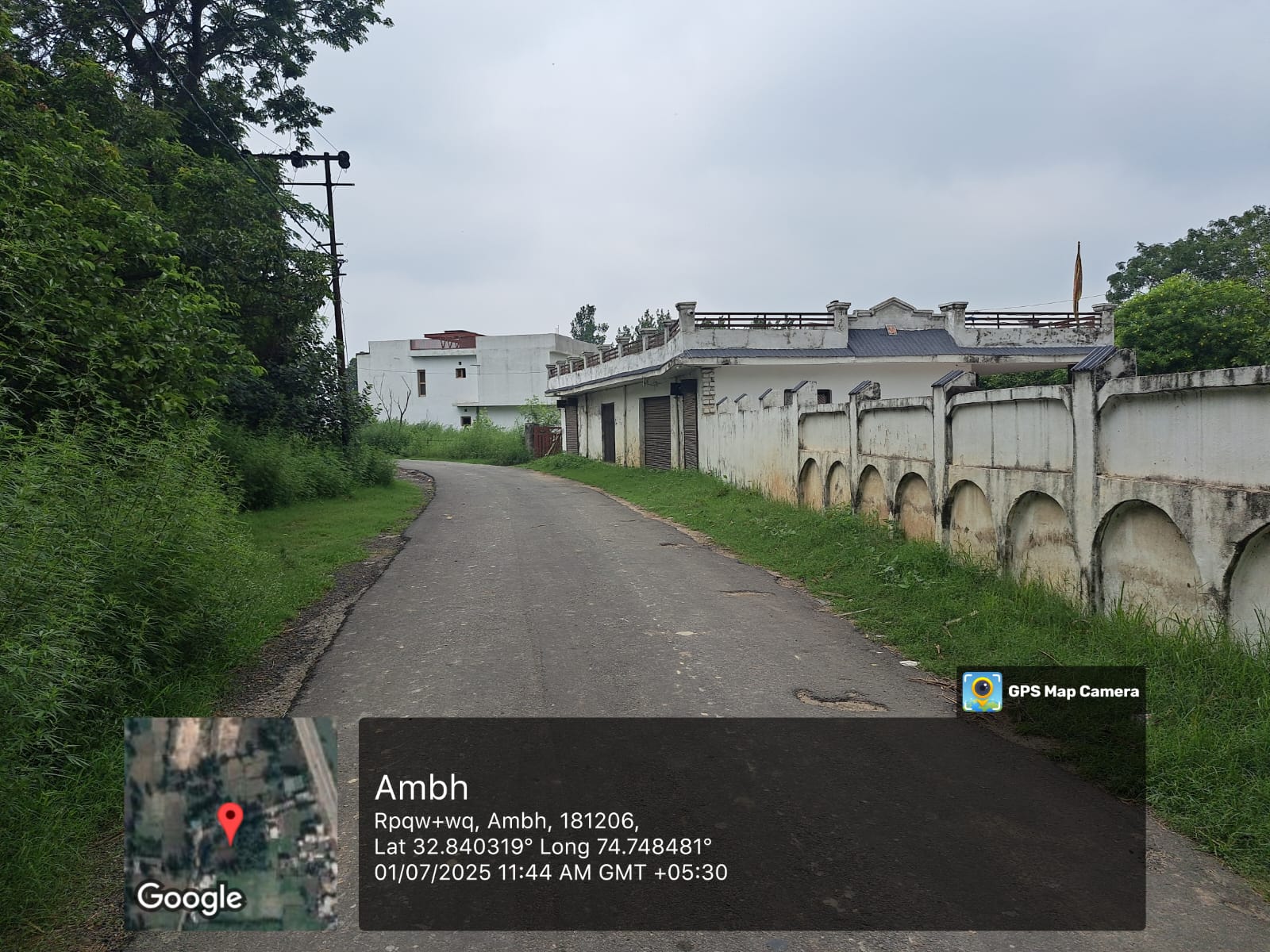
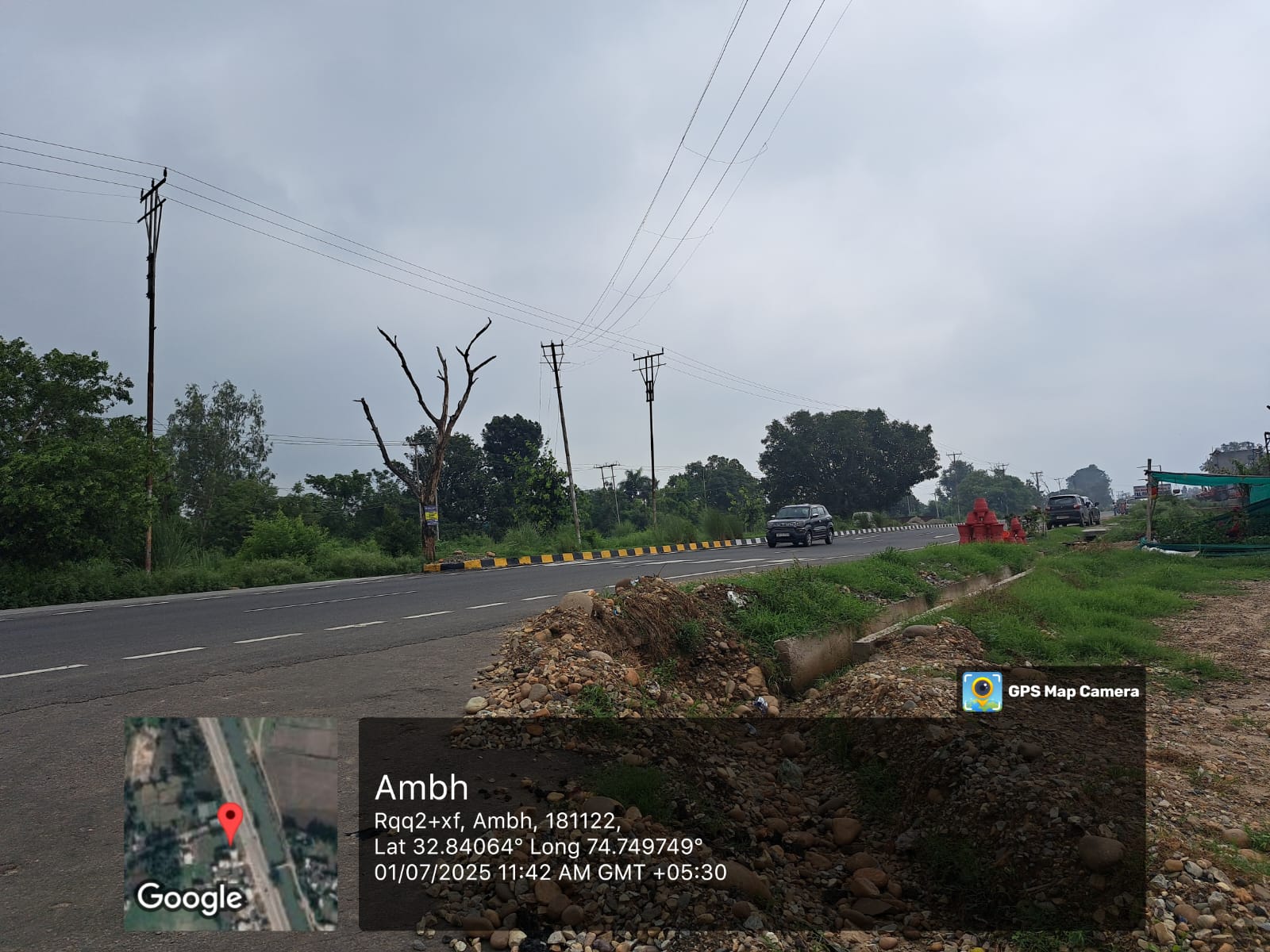
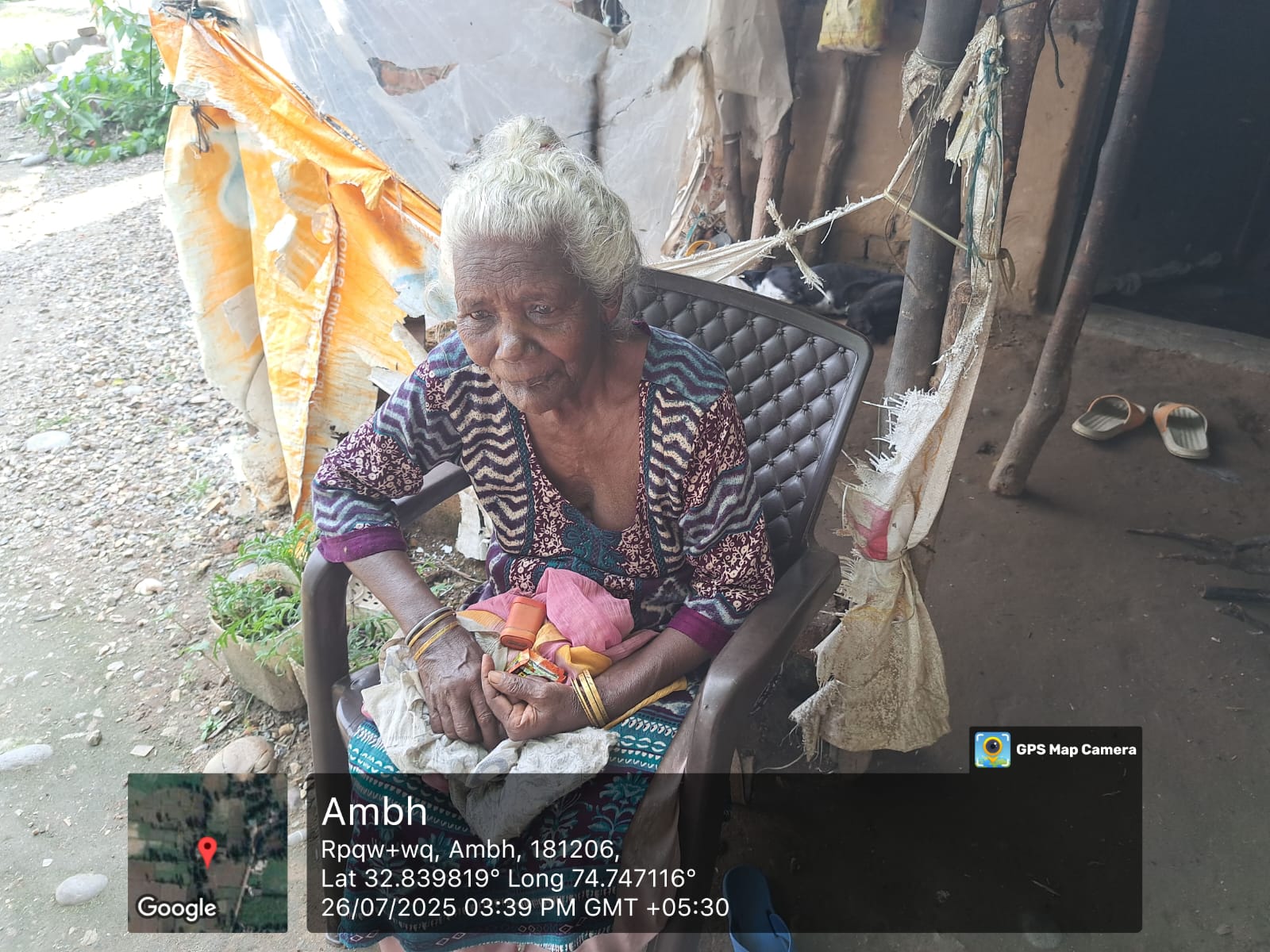






Great! Really Impressive Work!